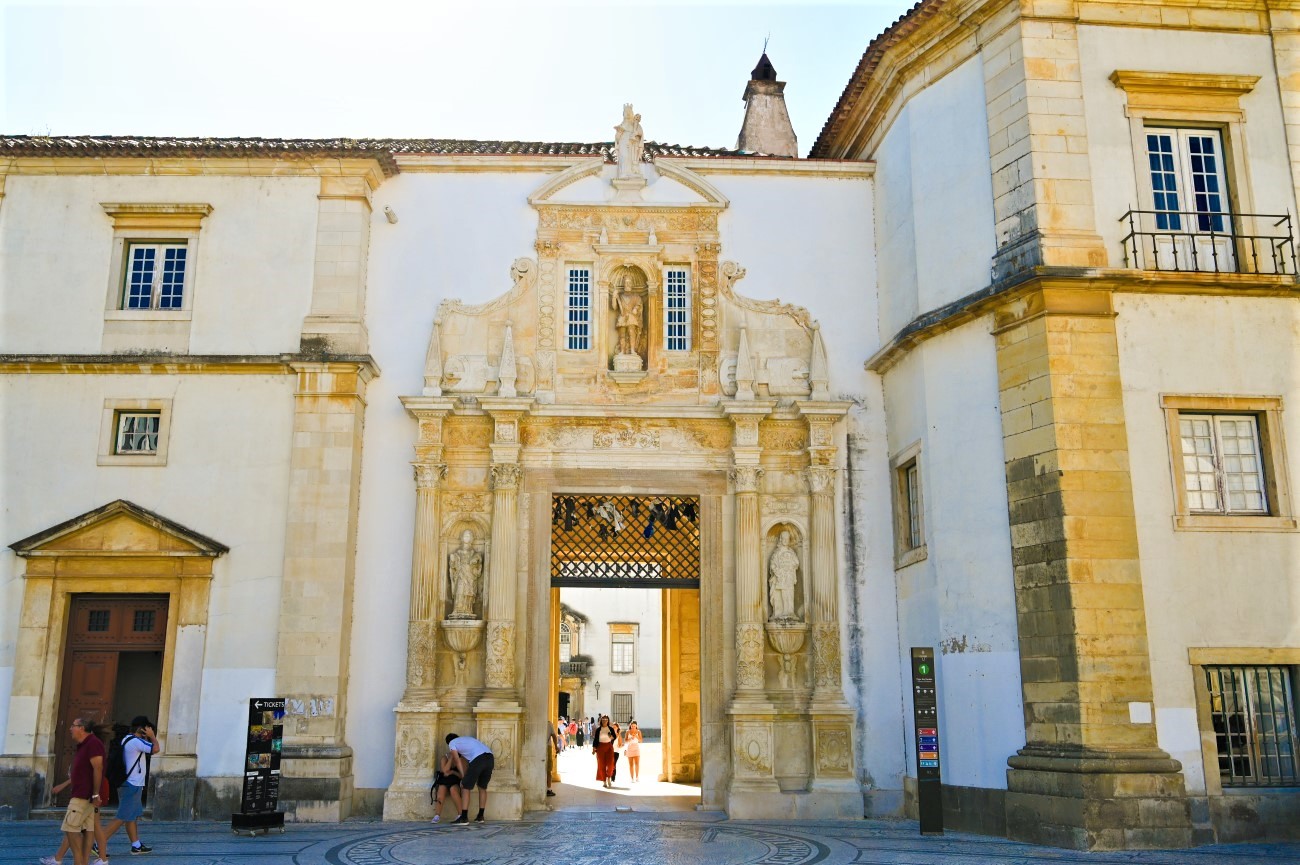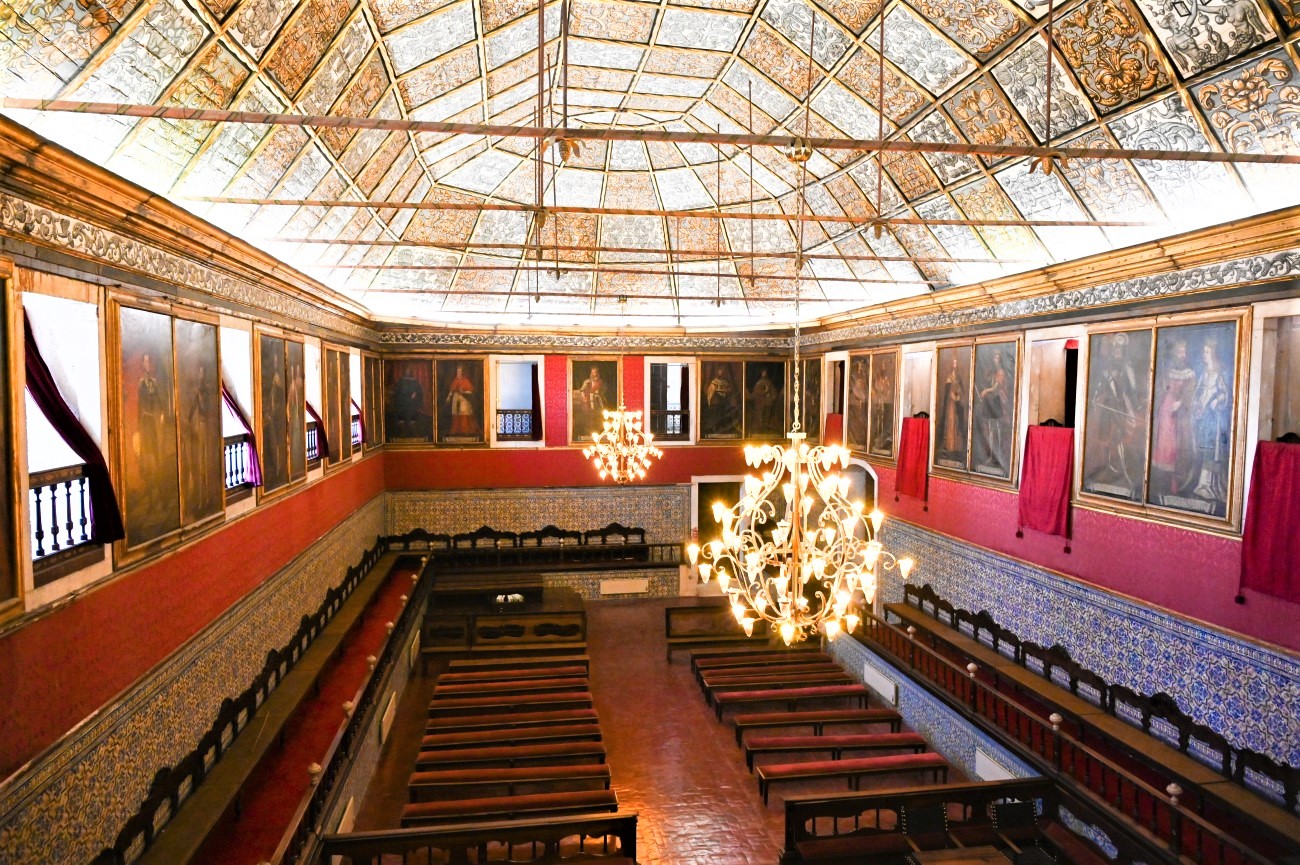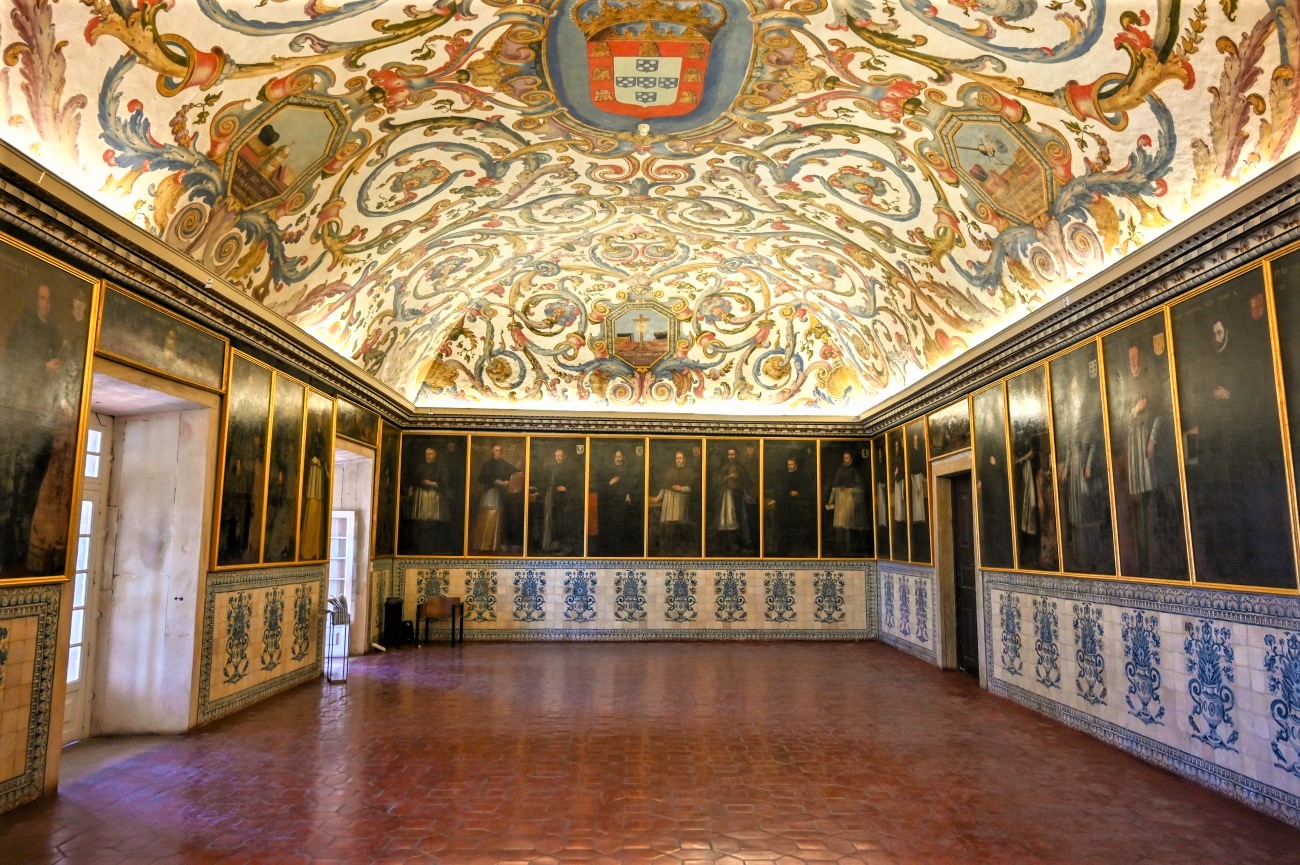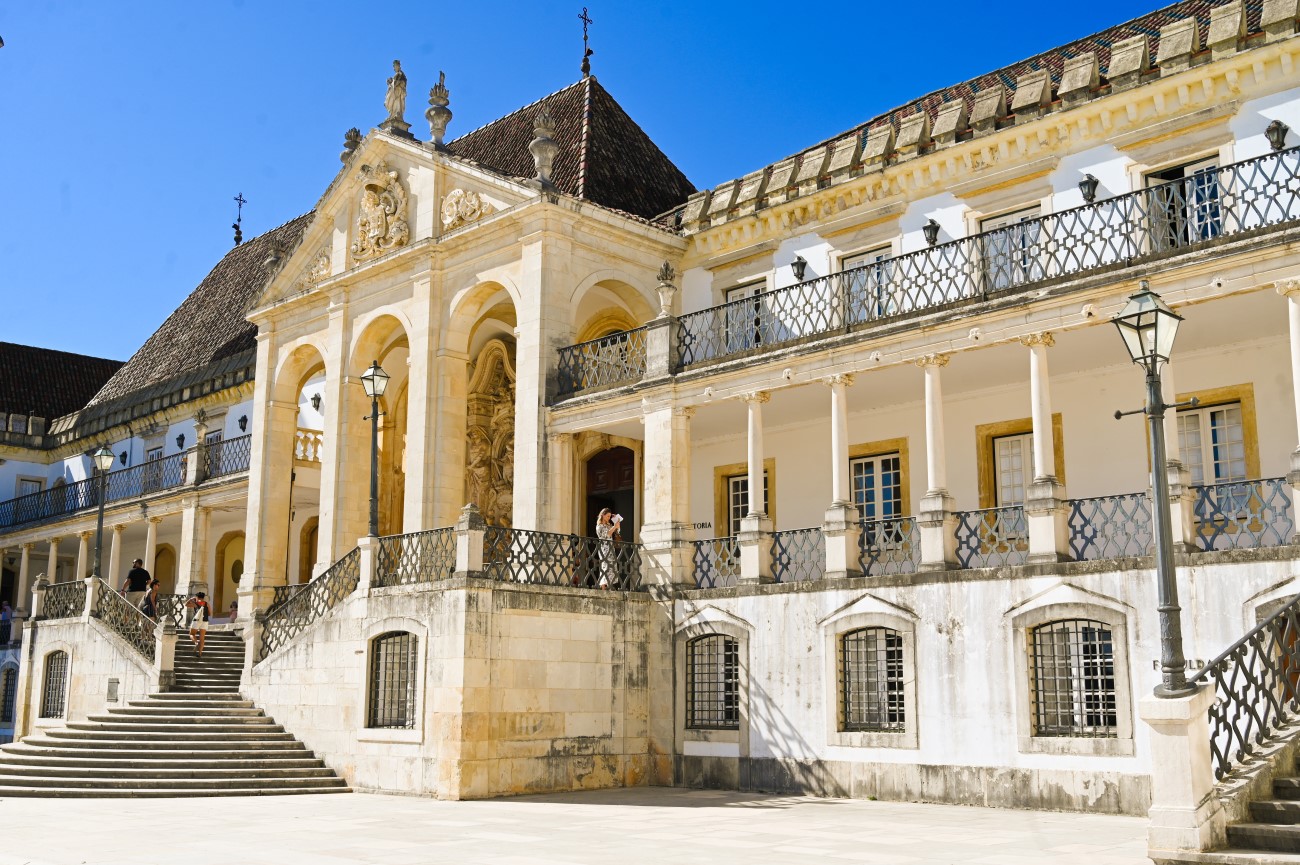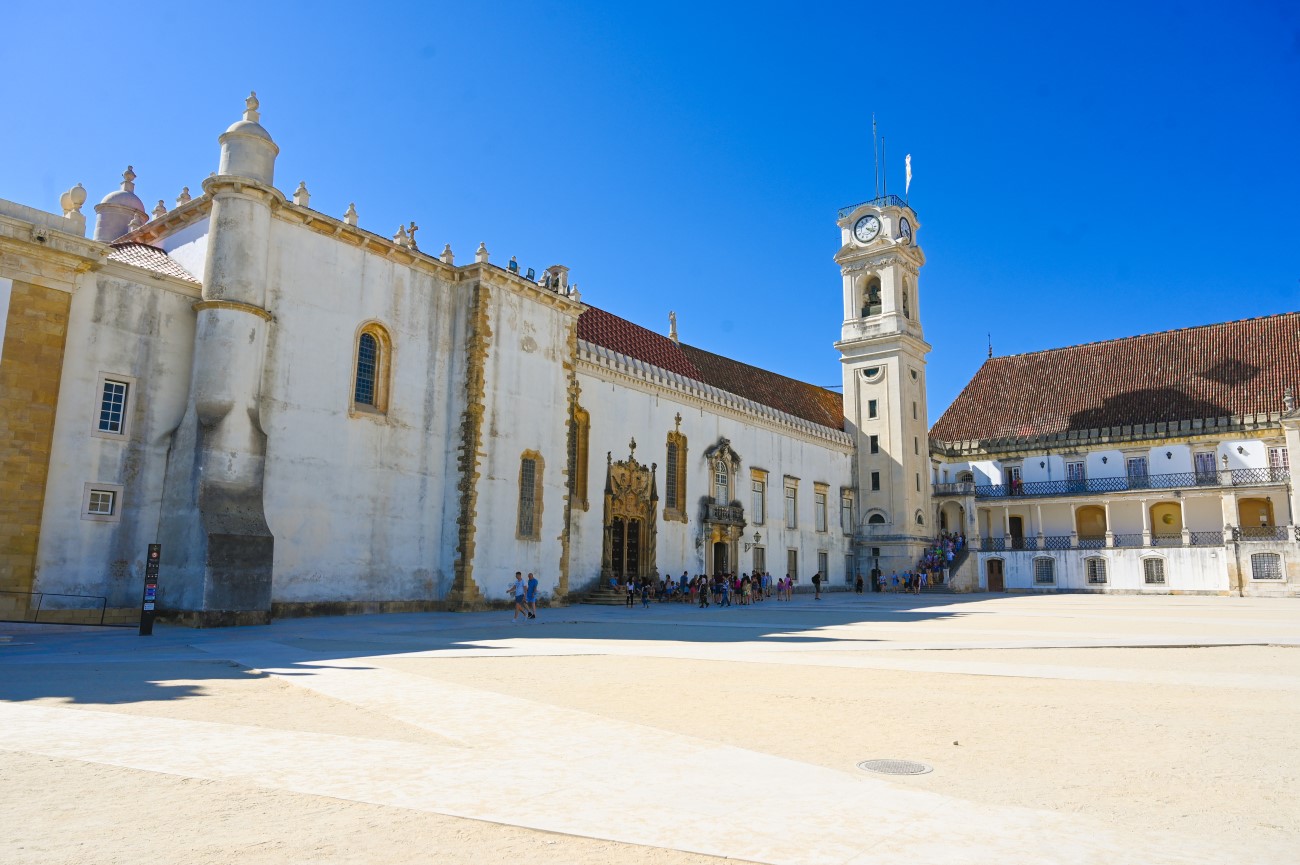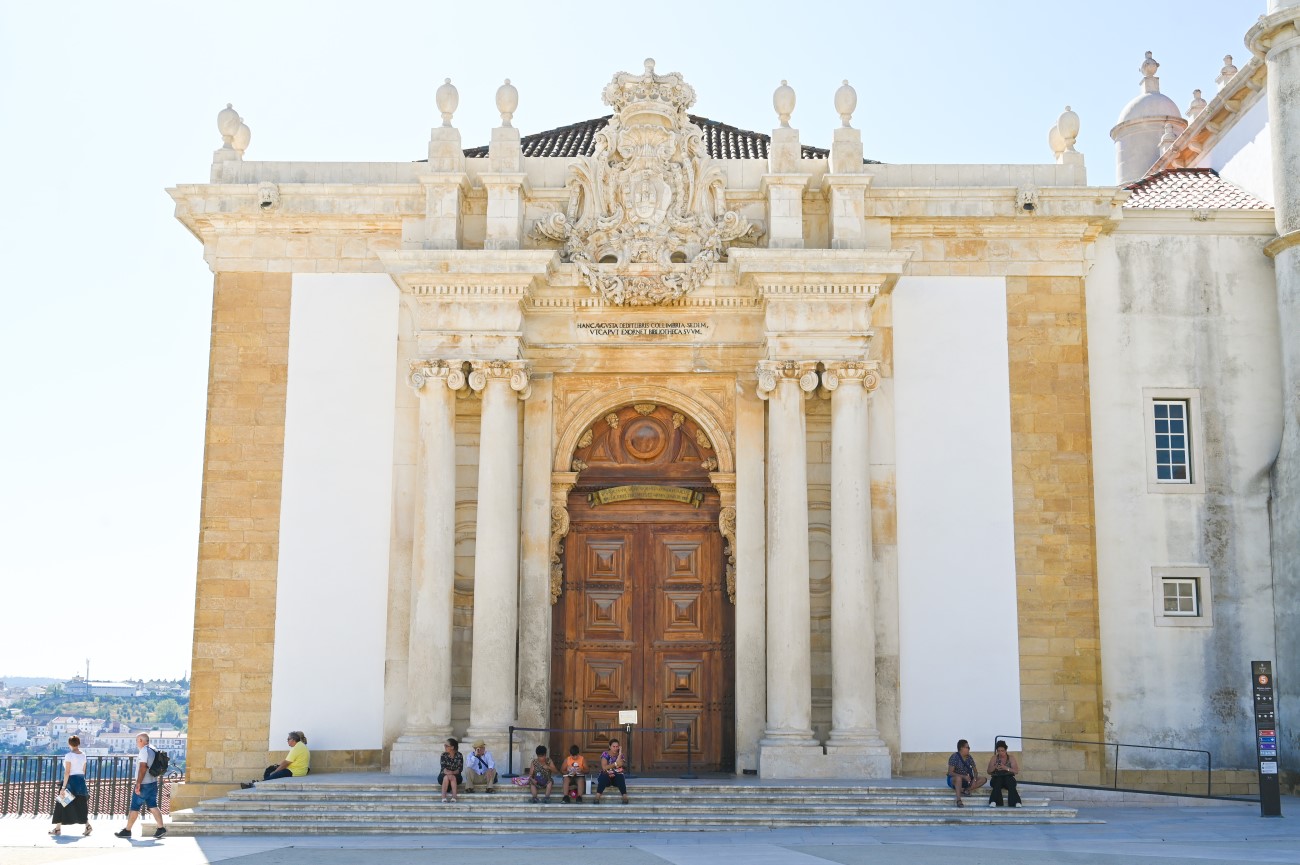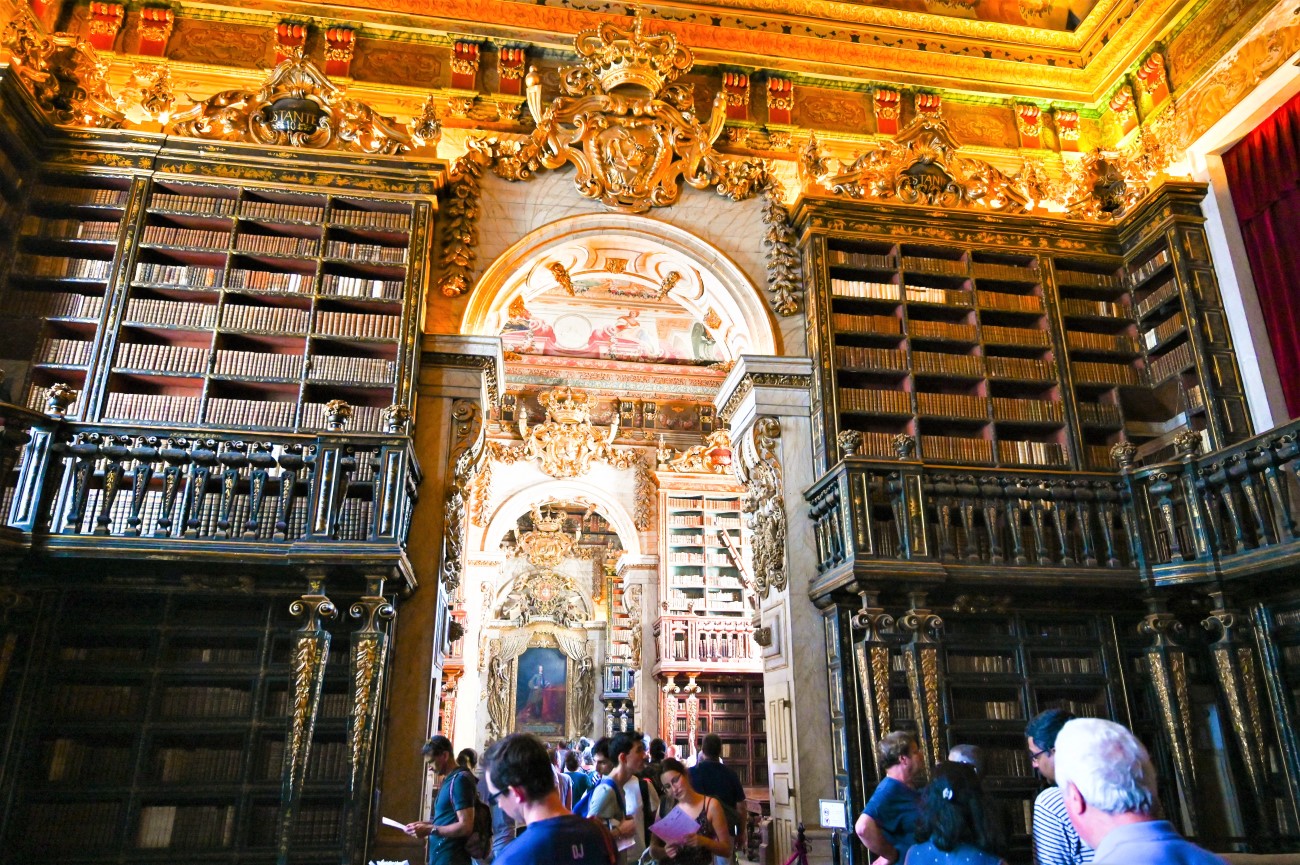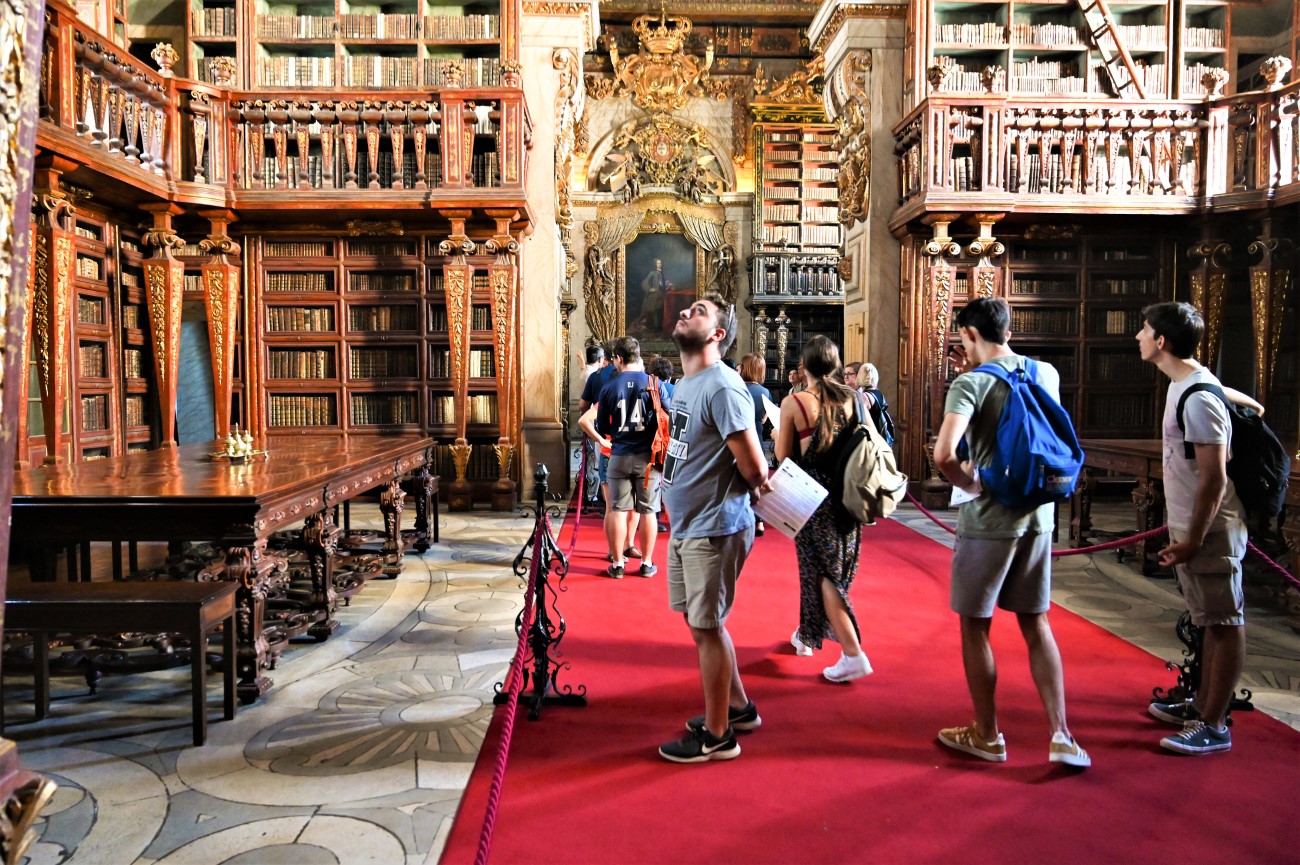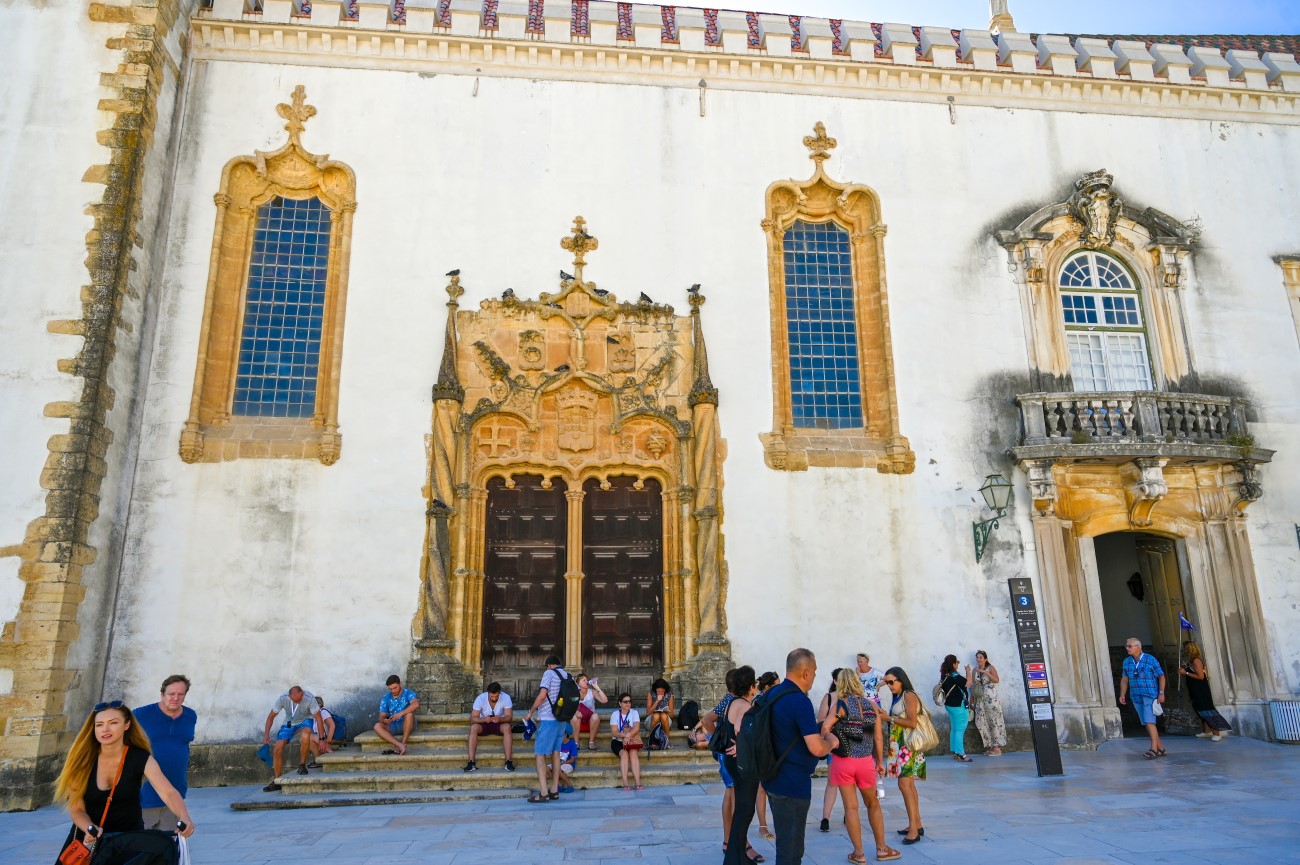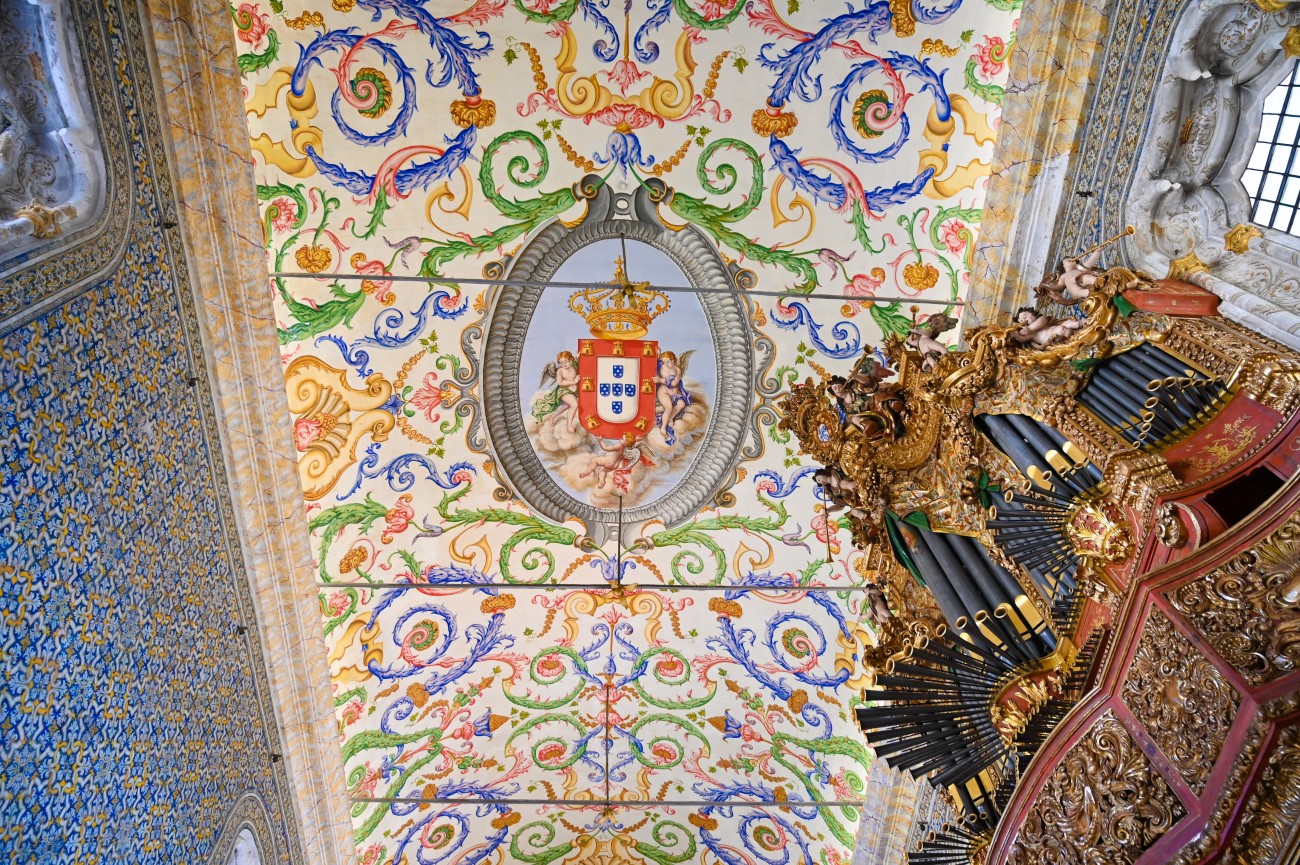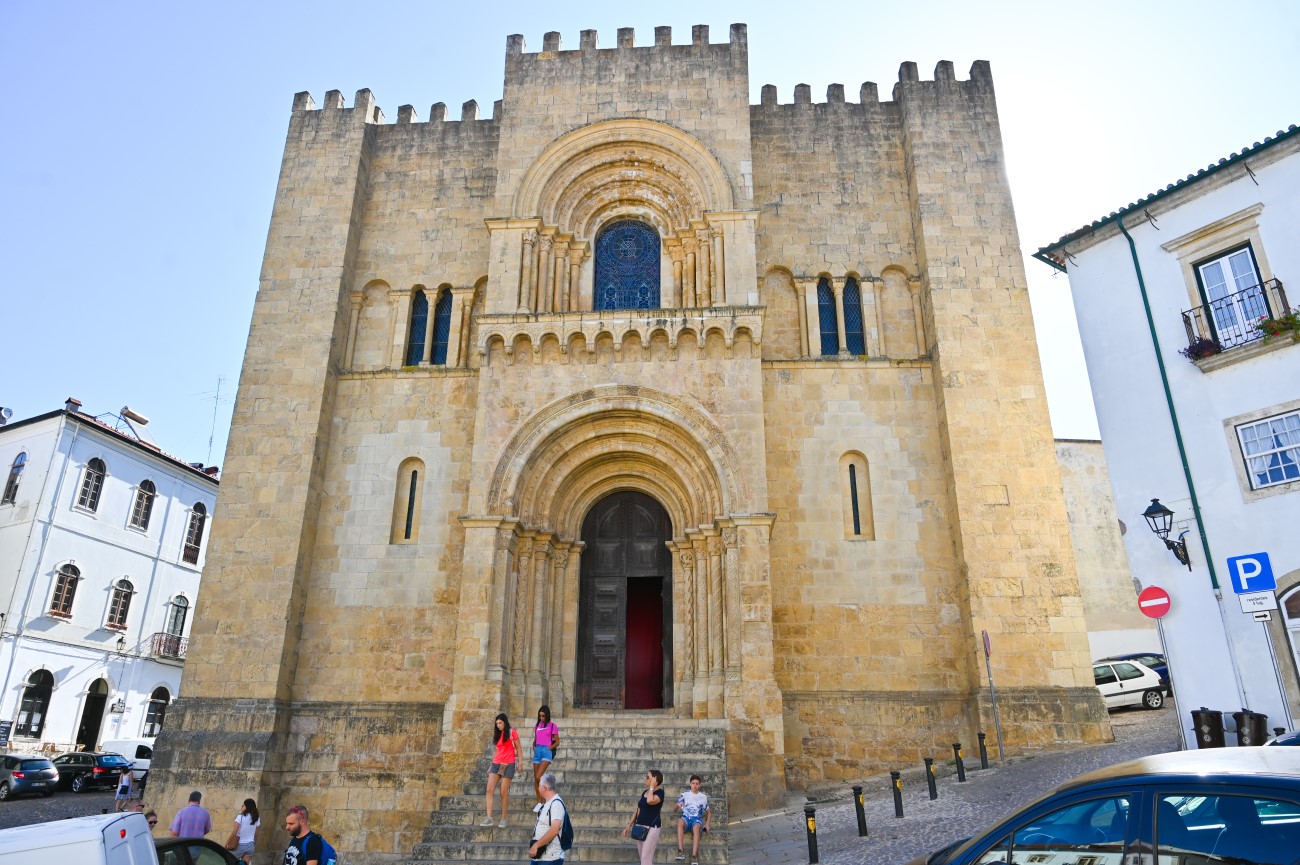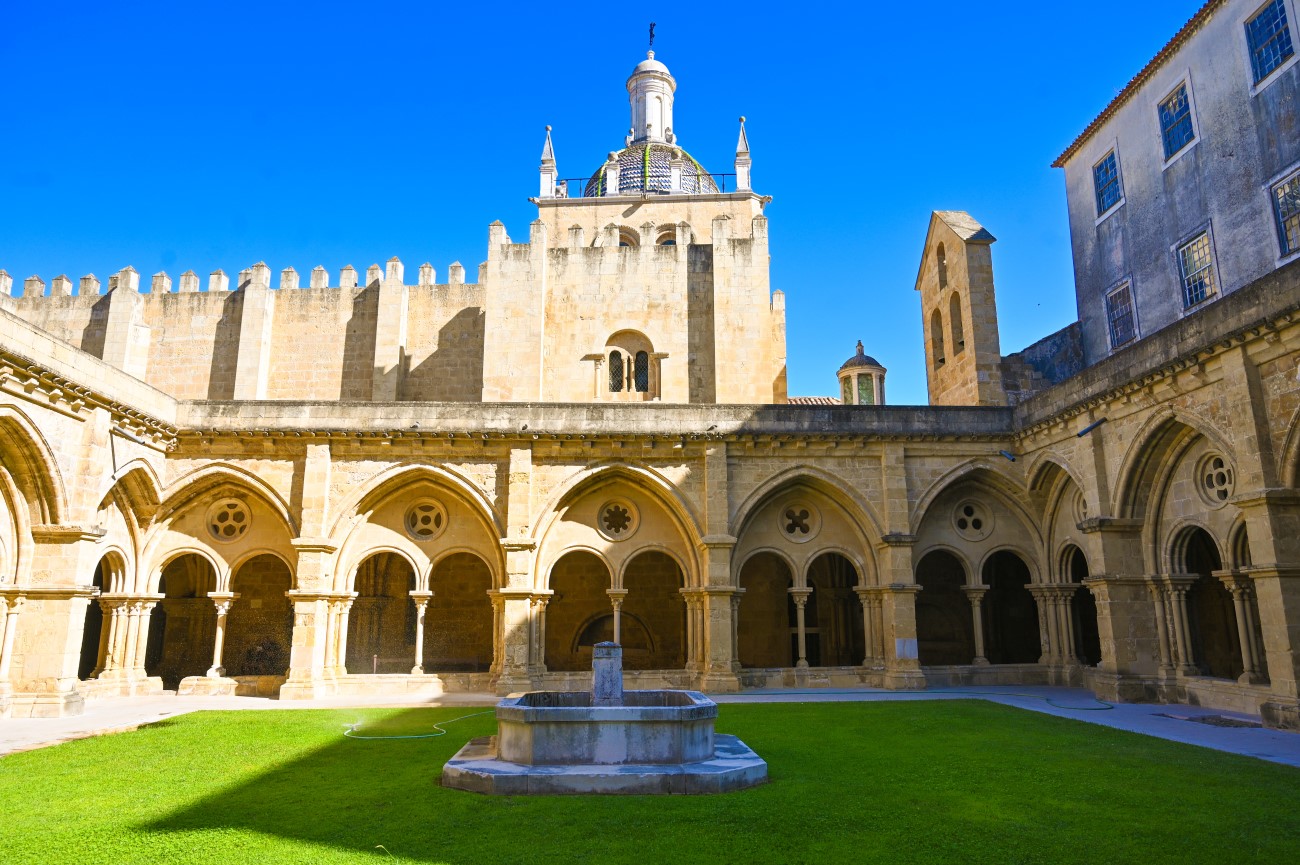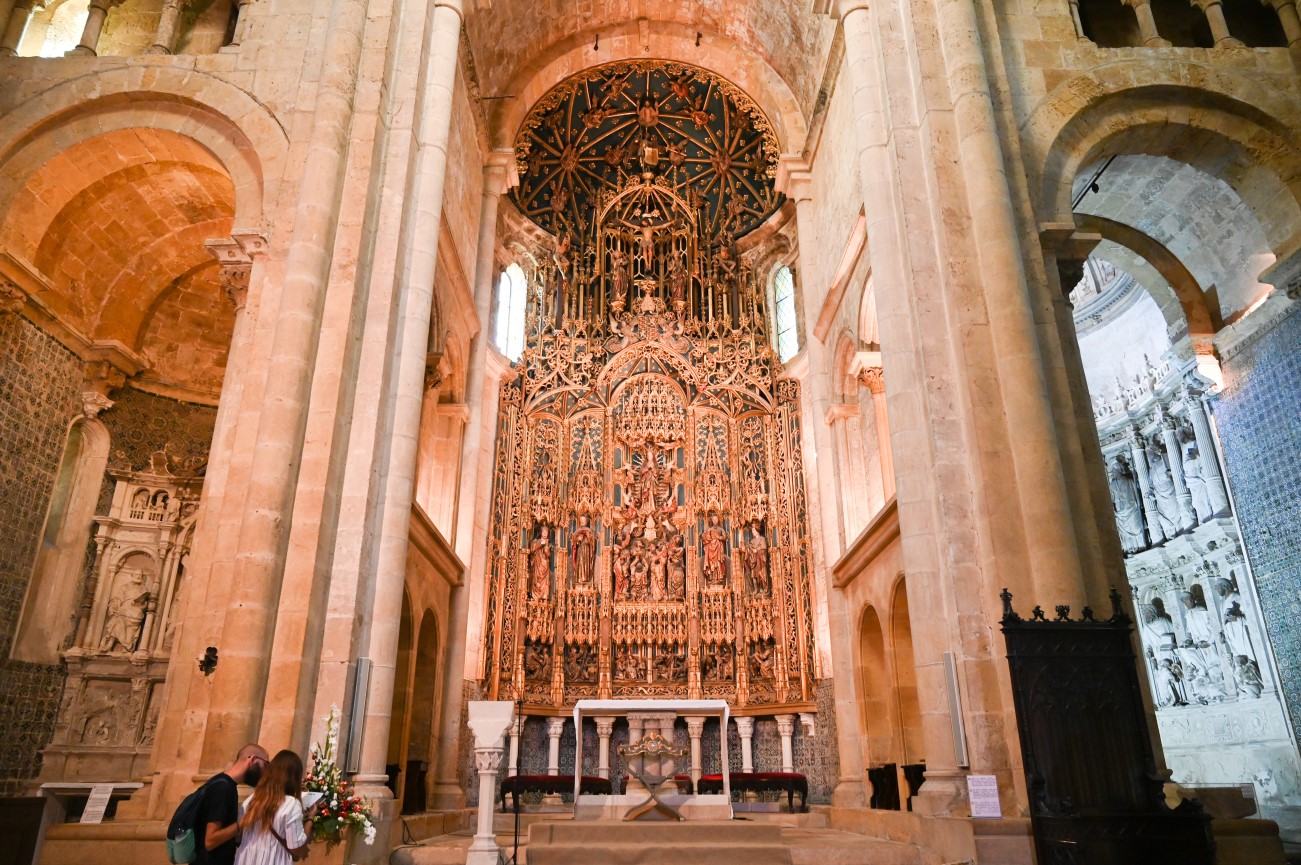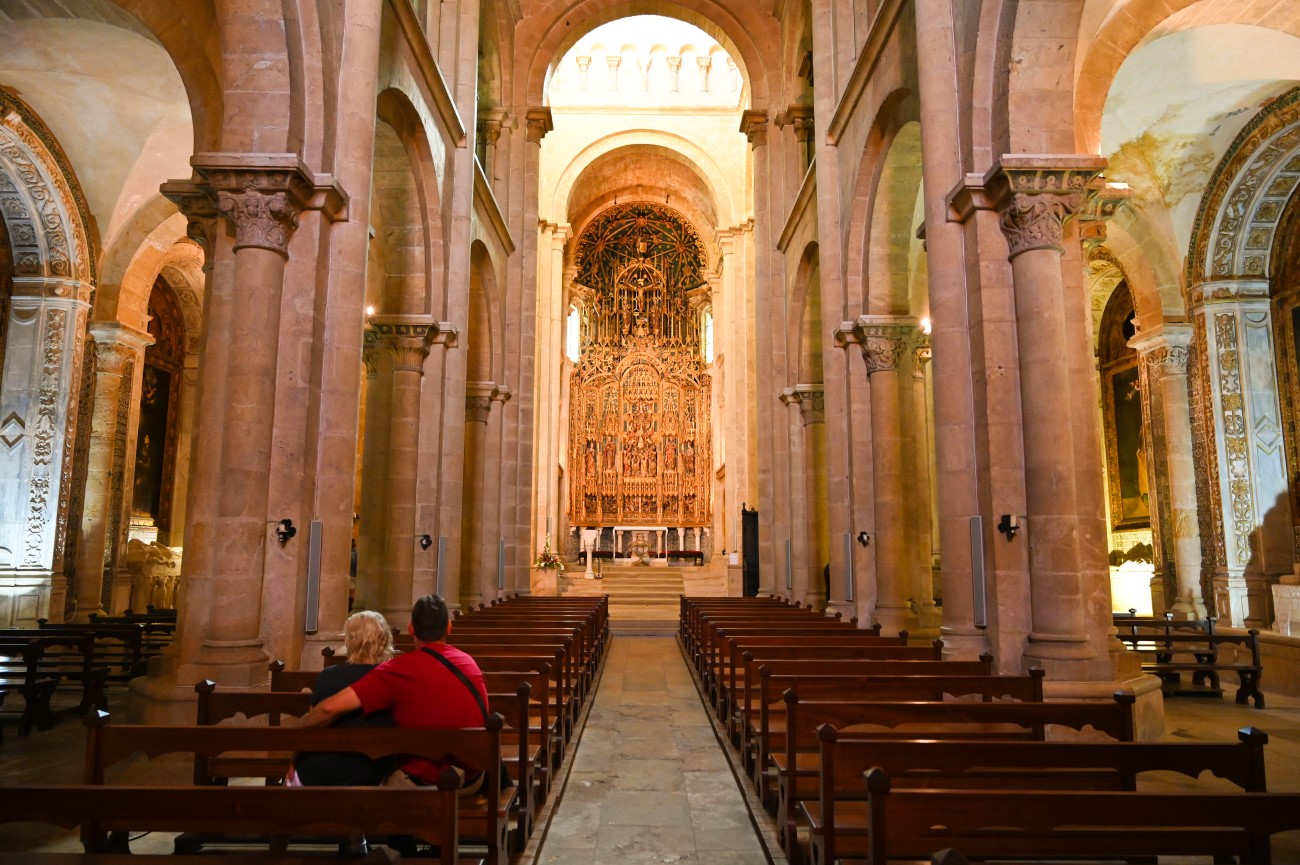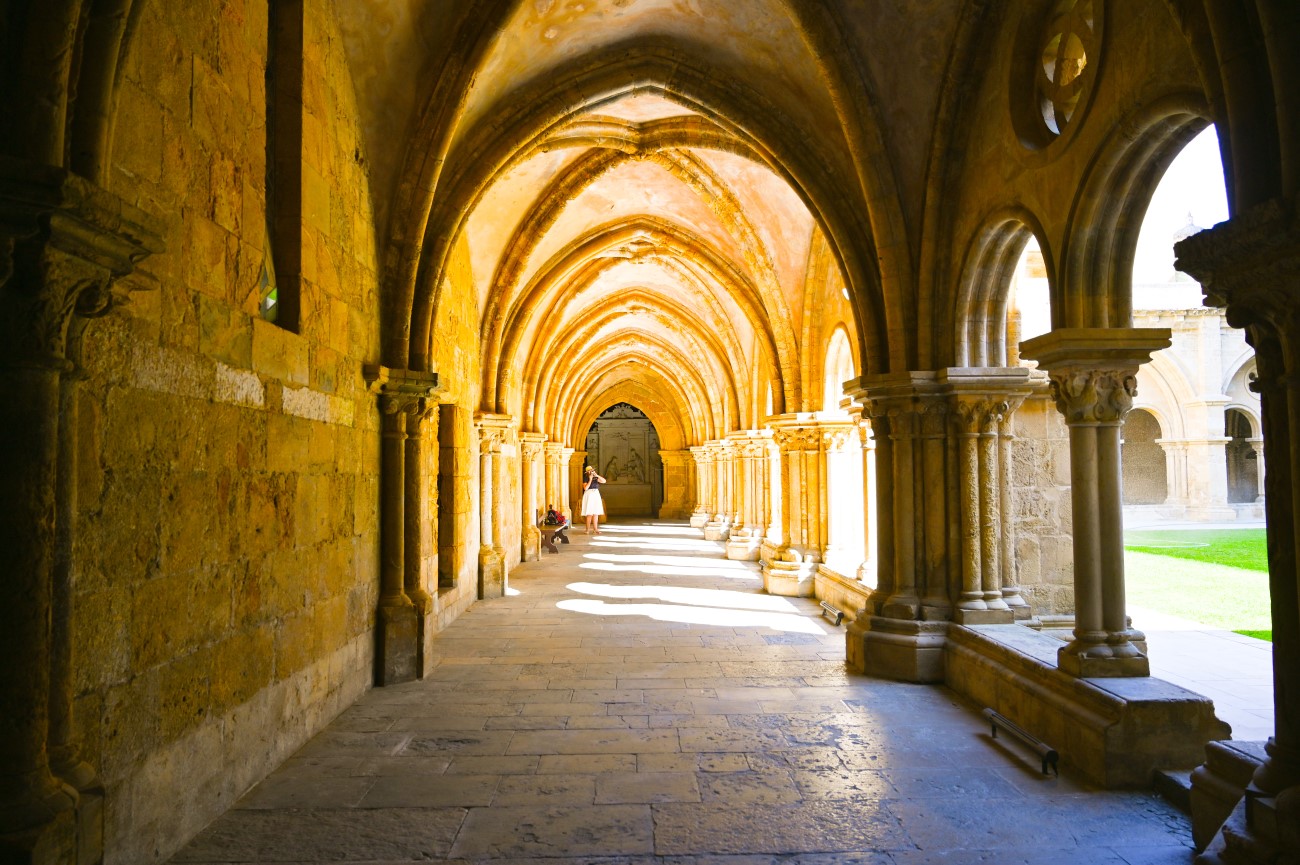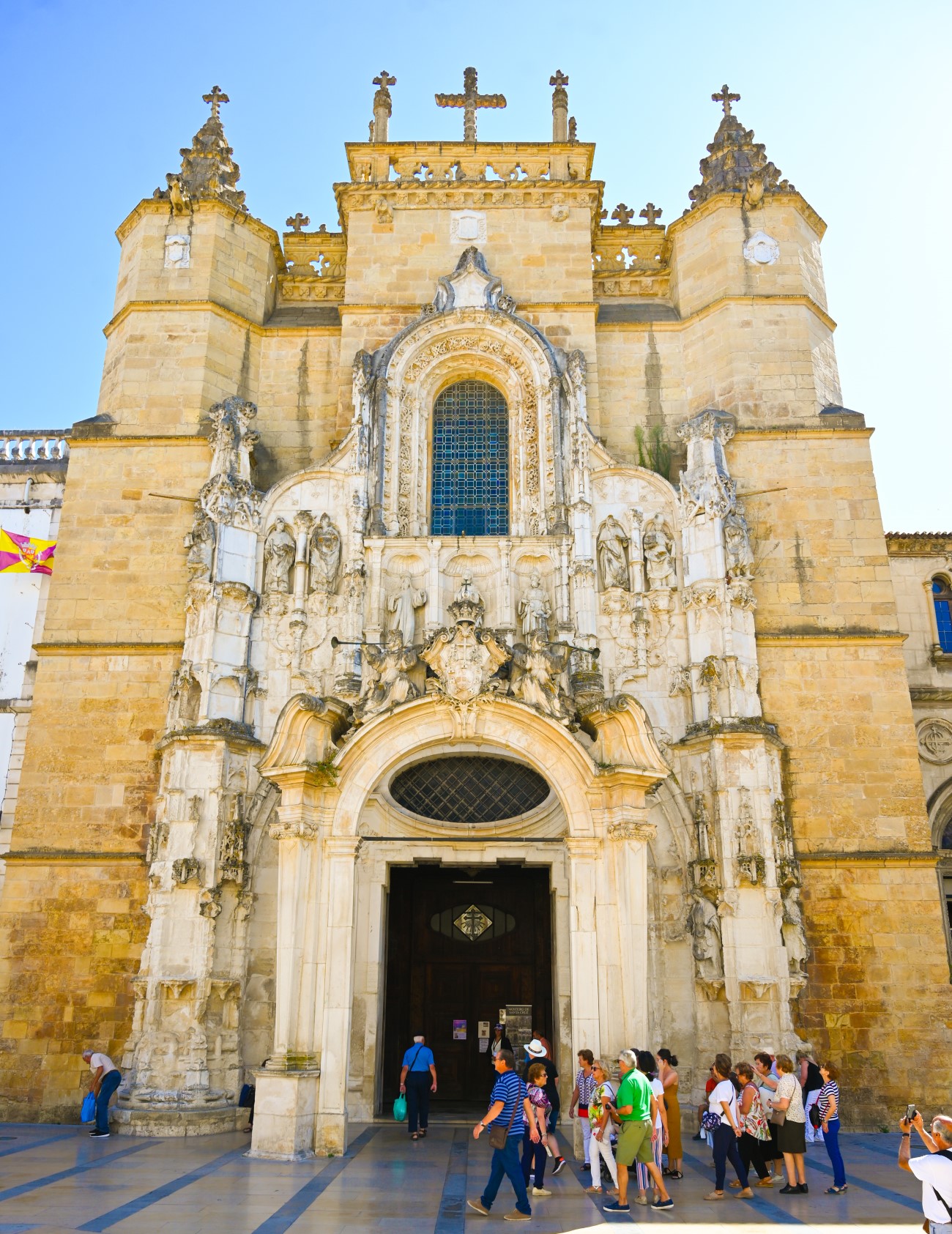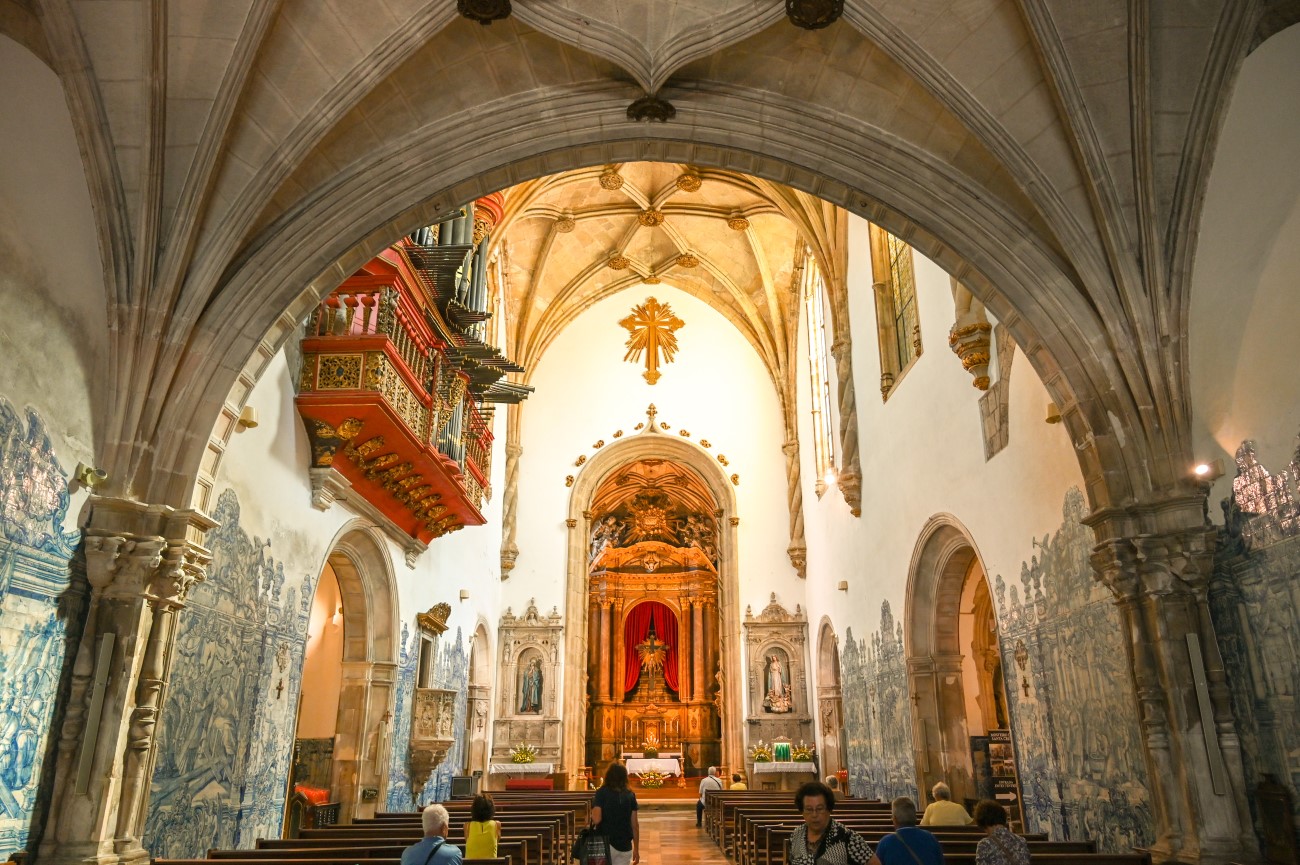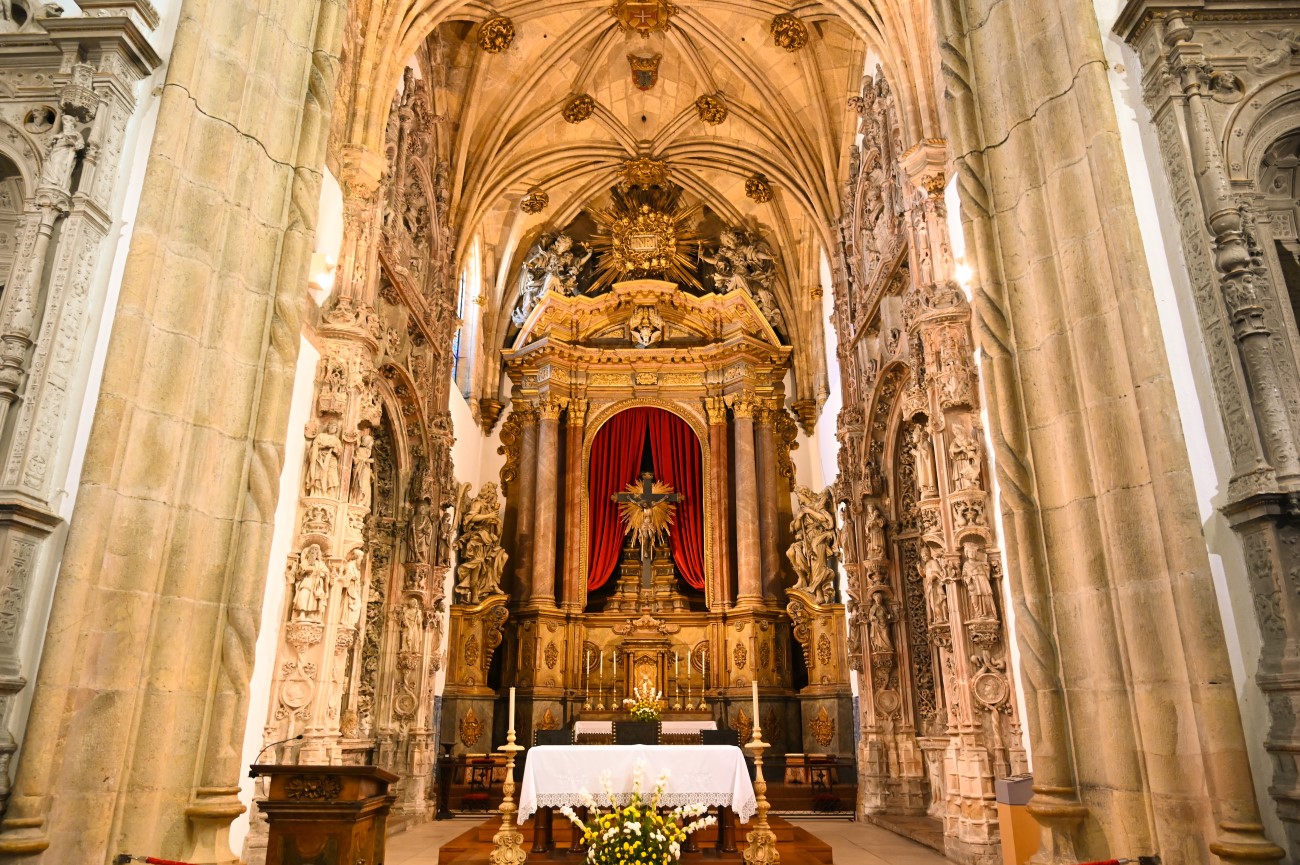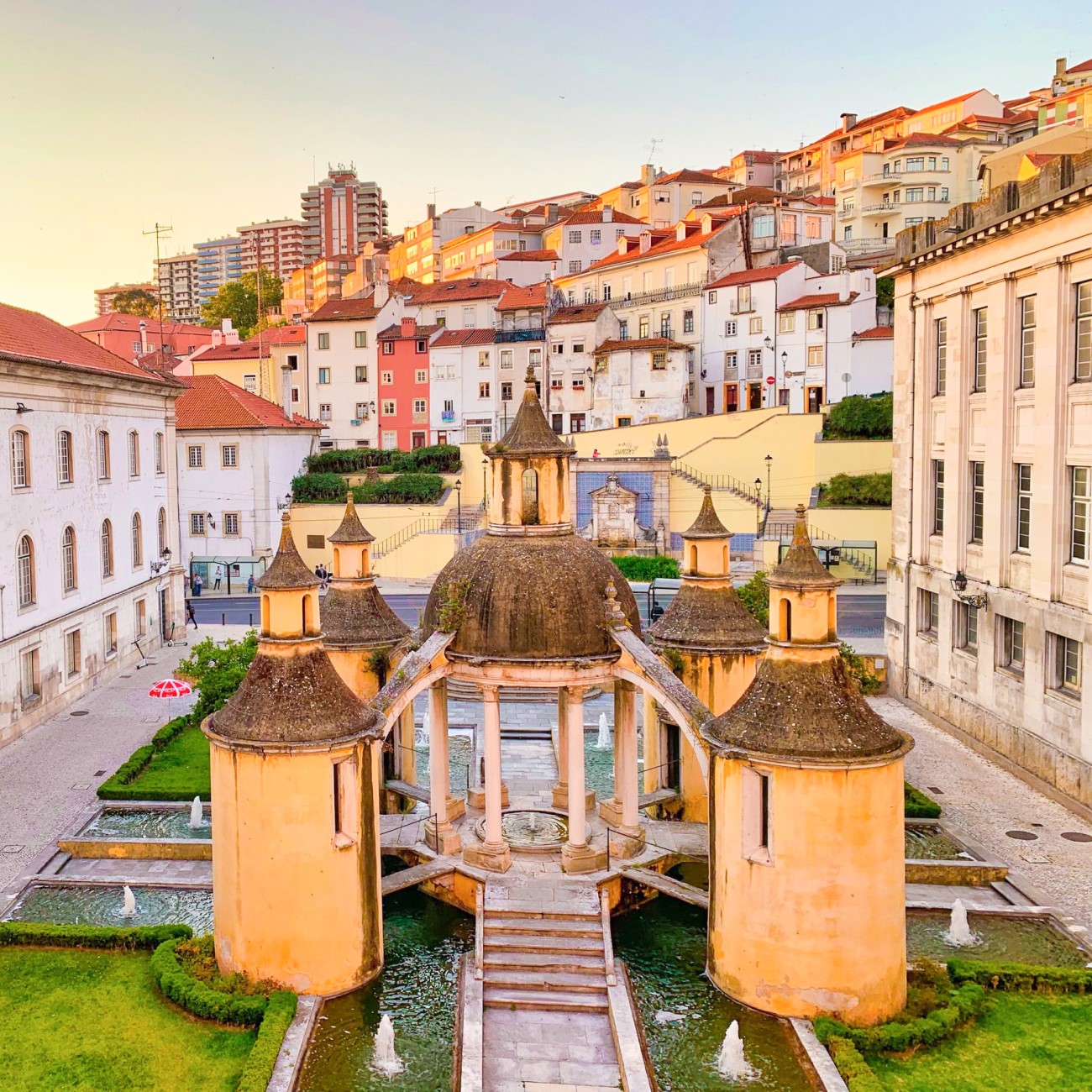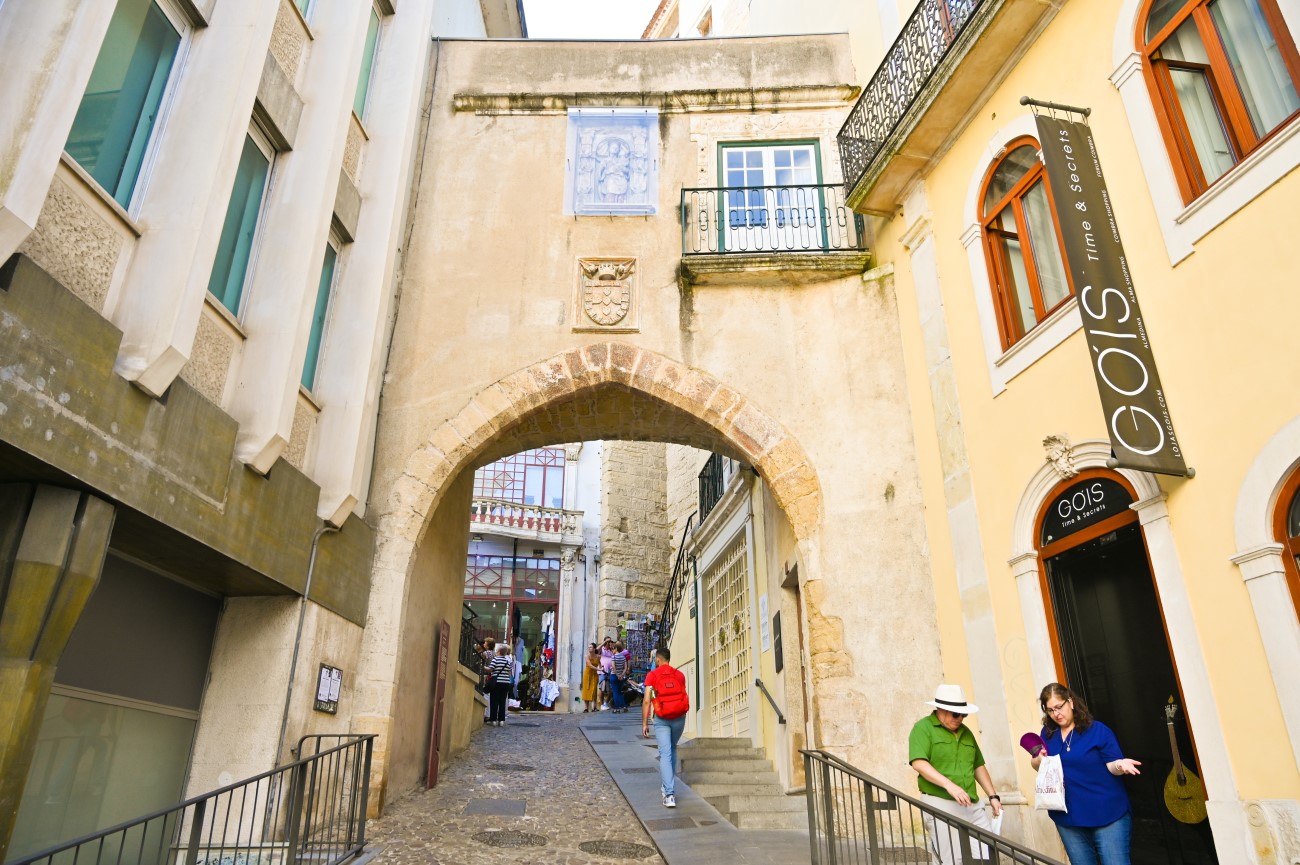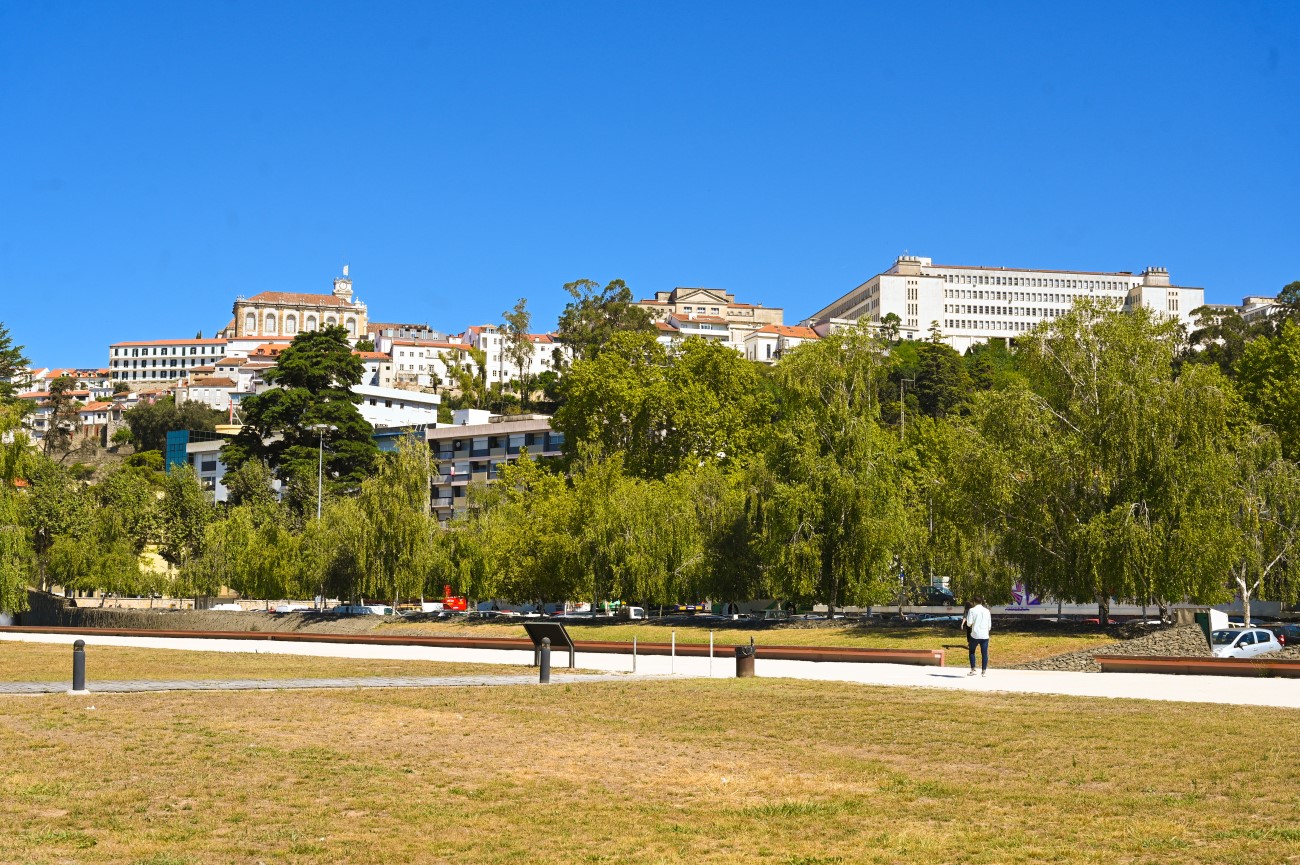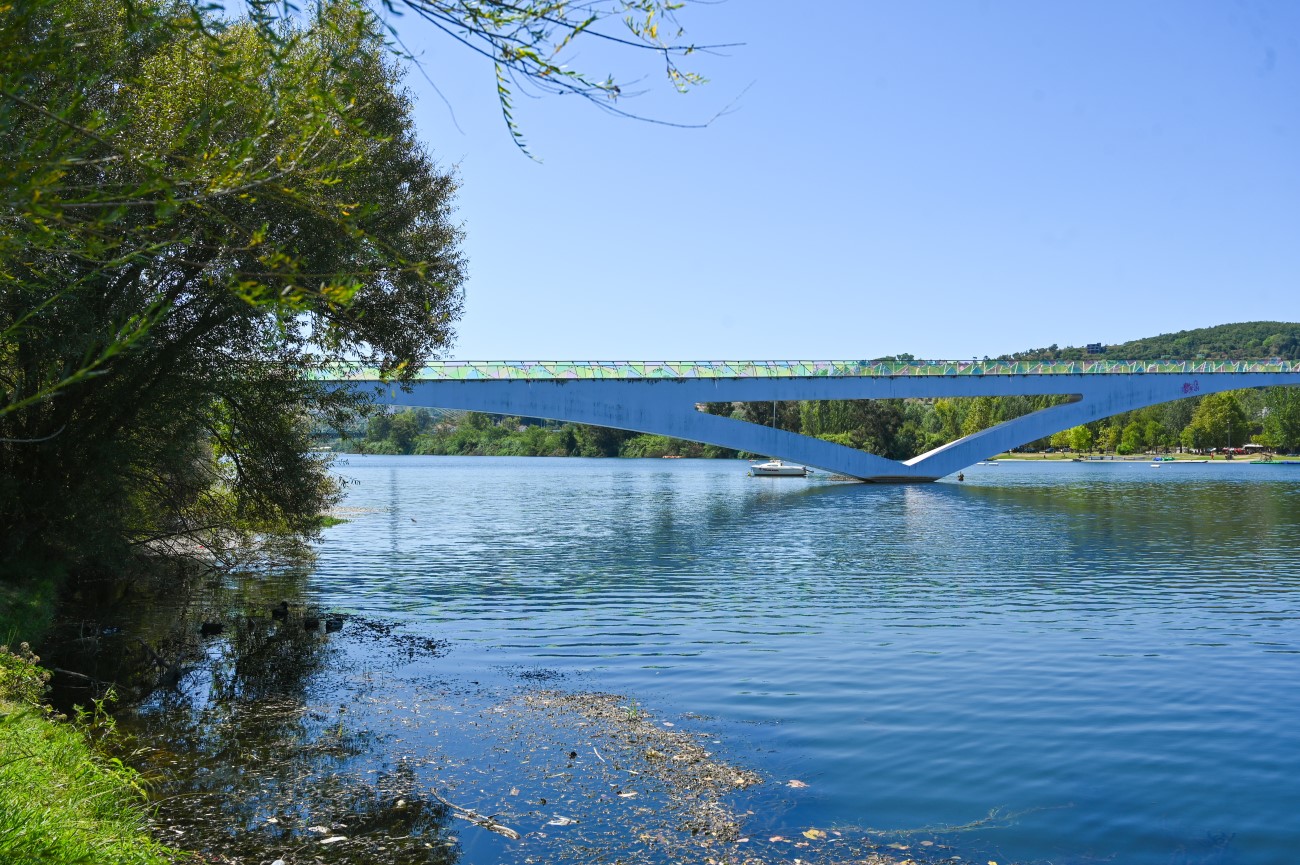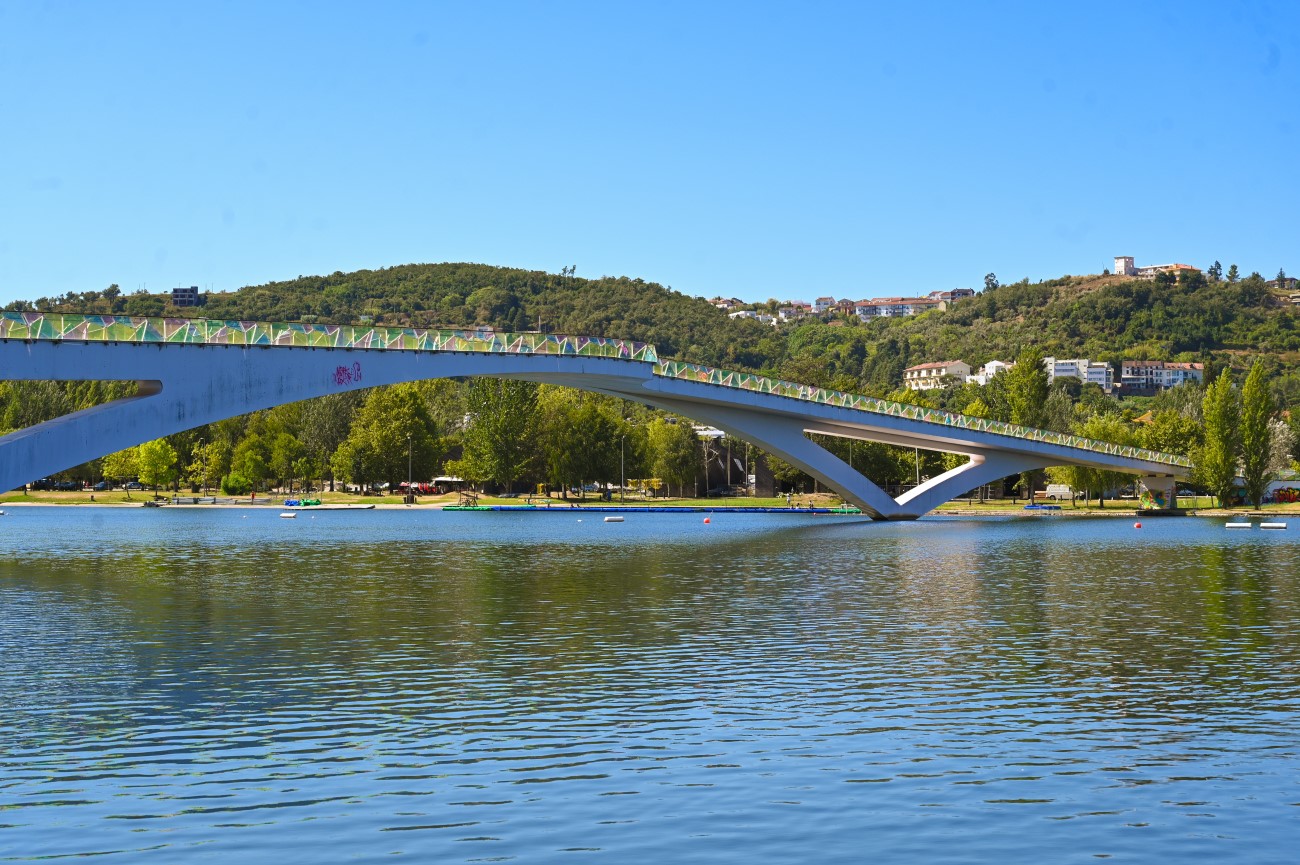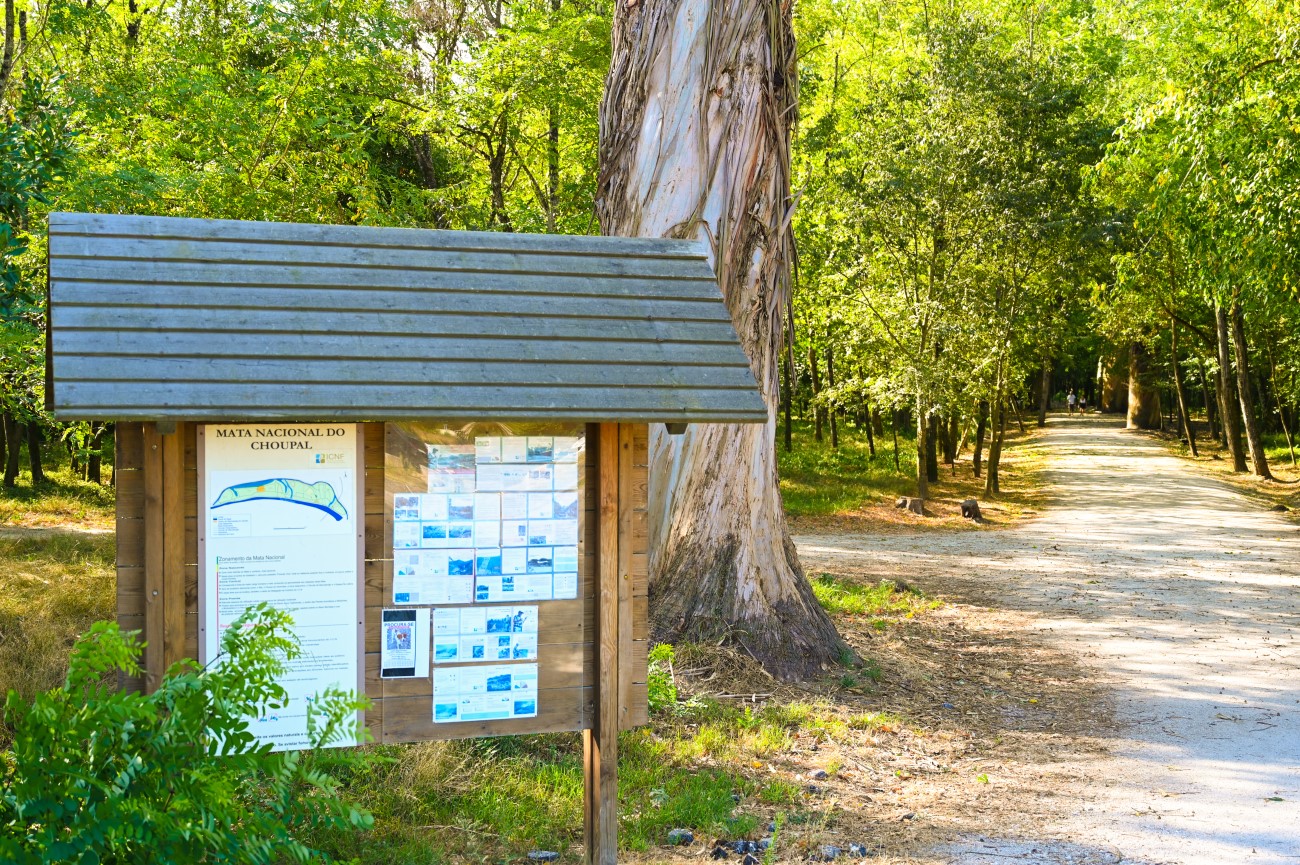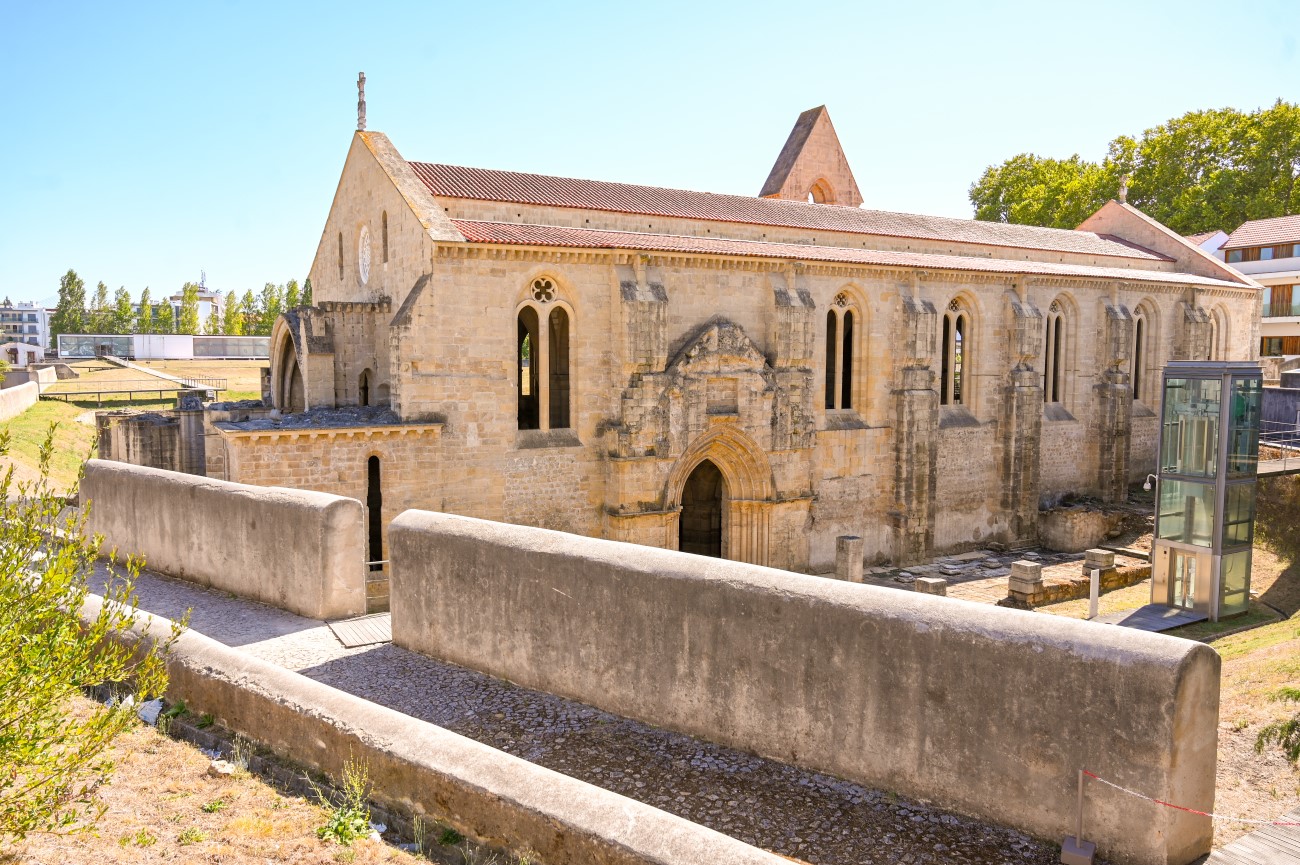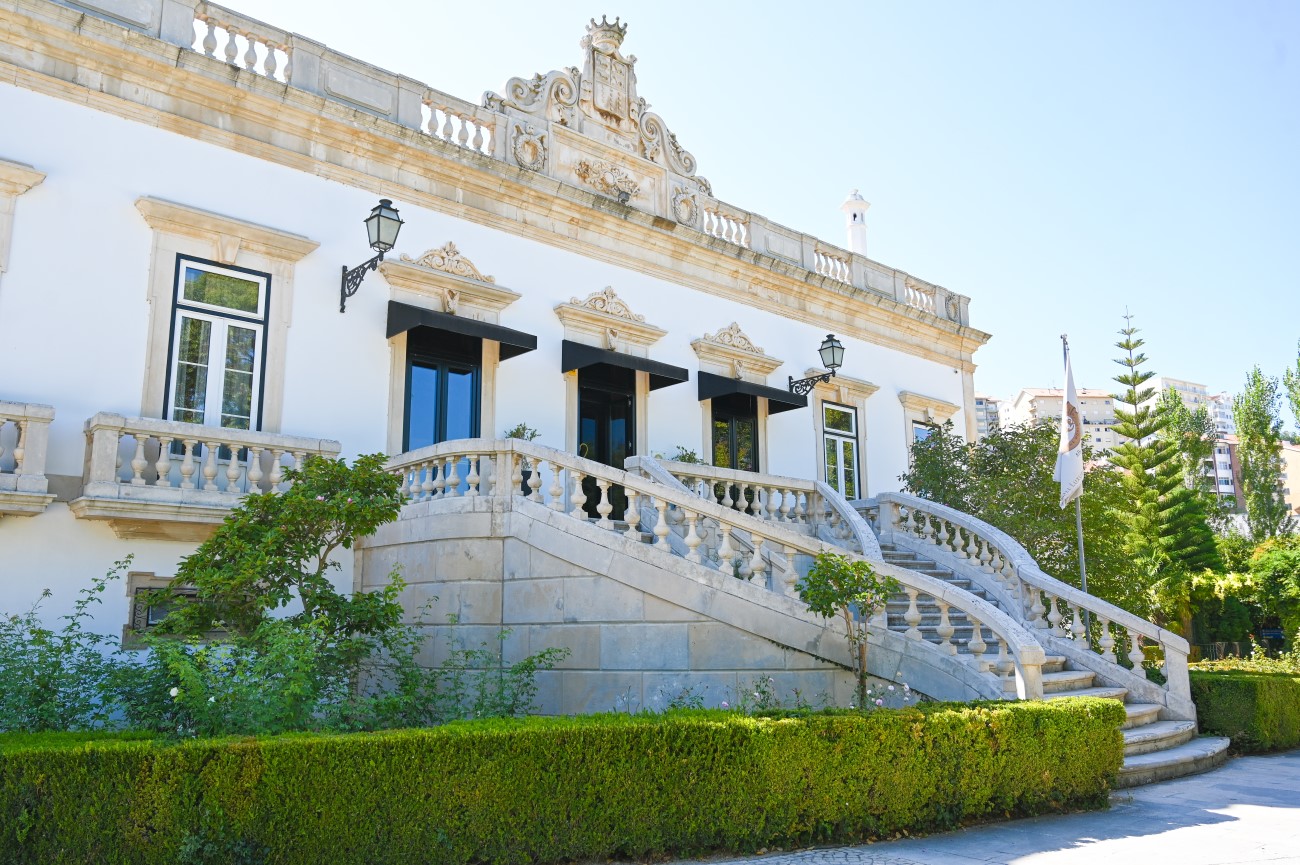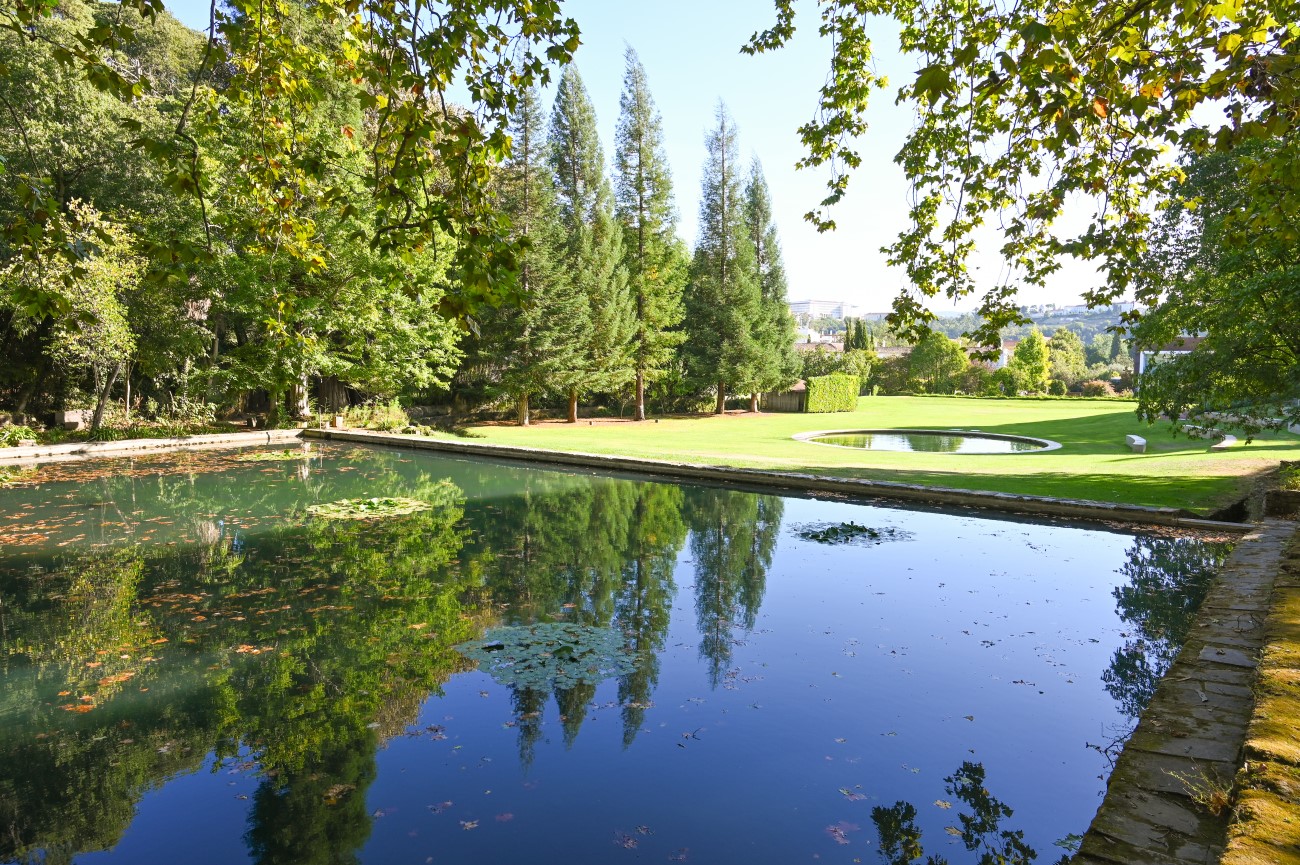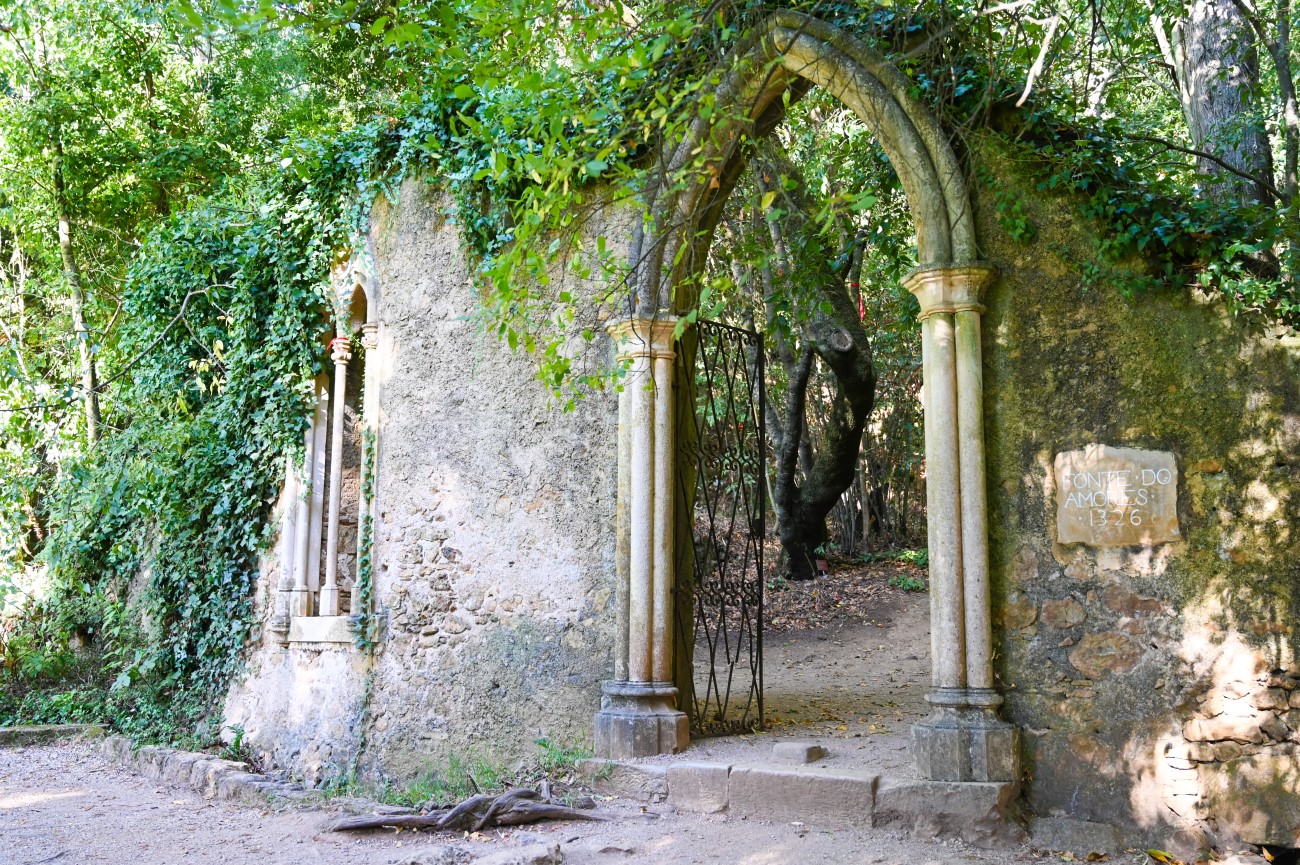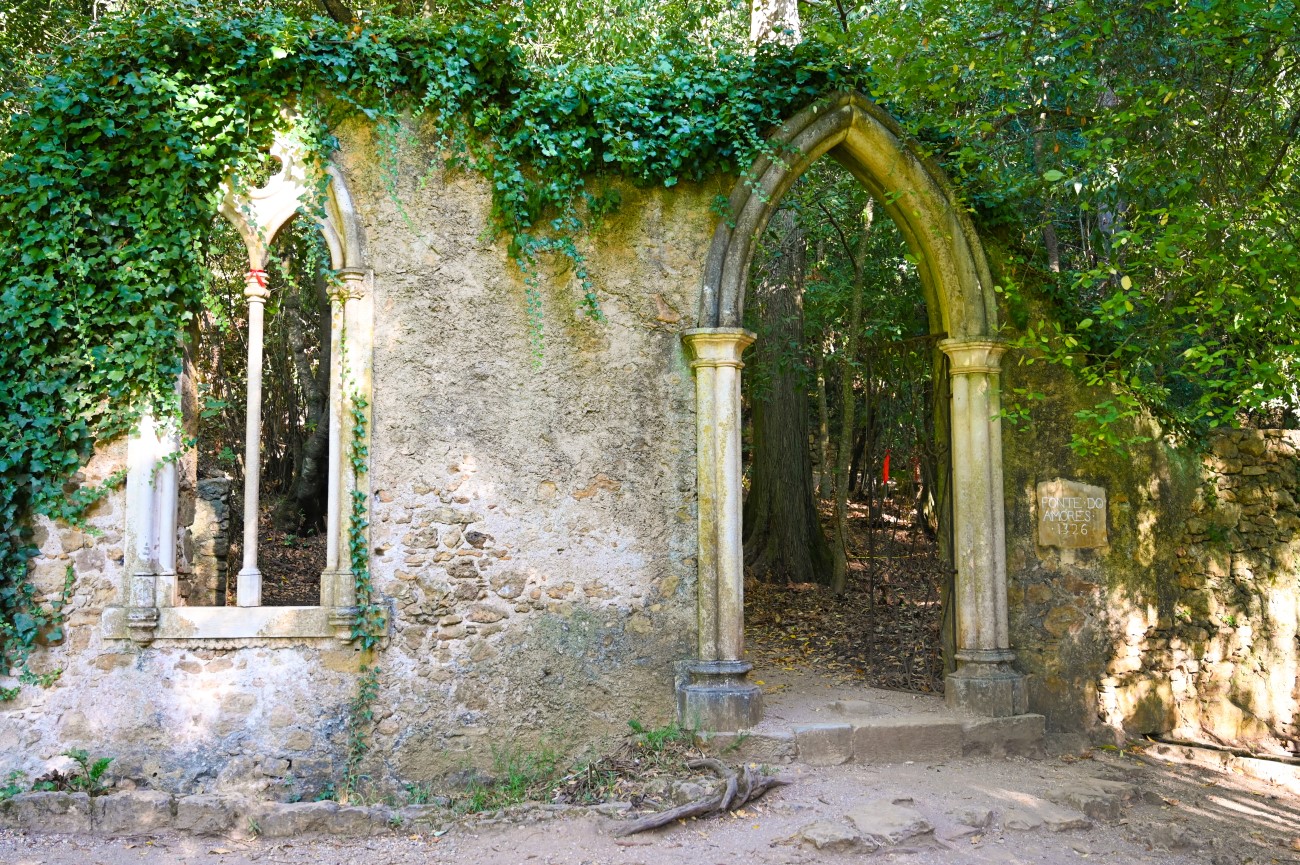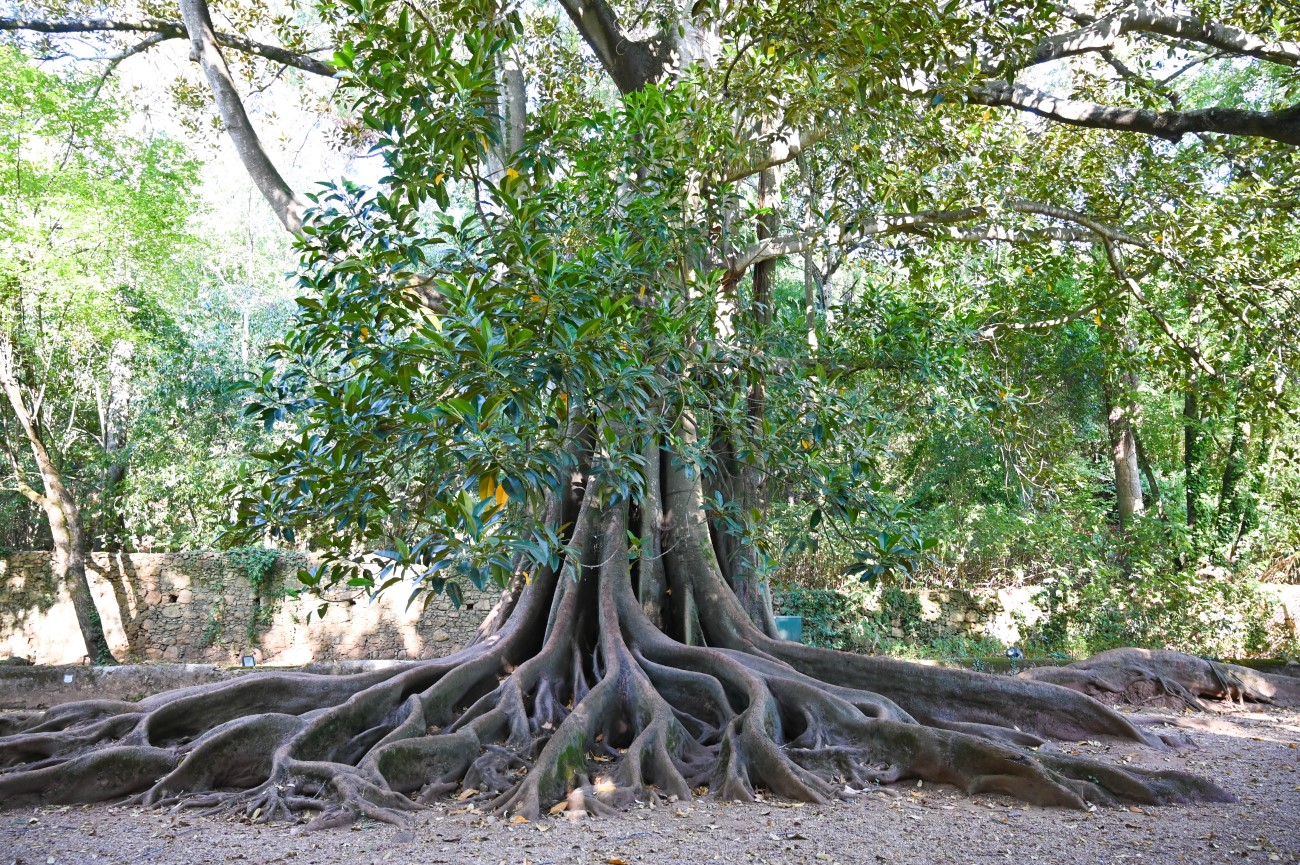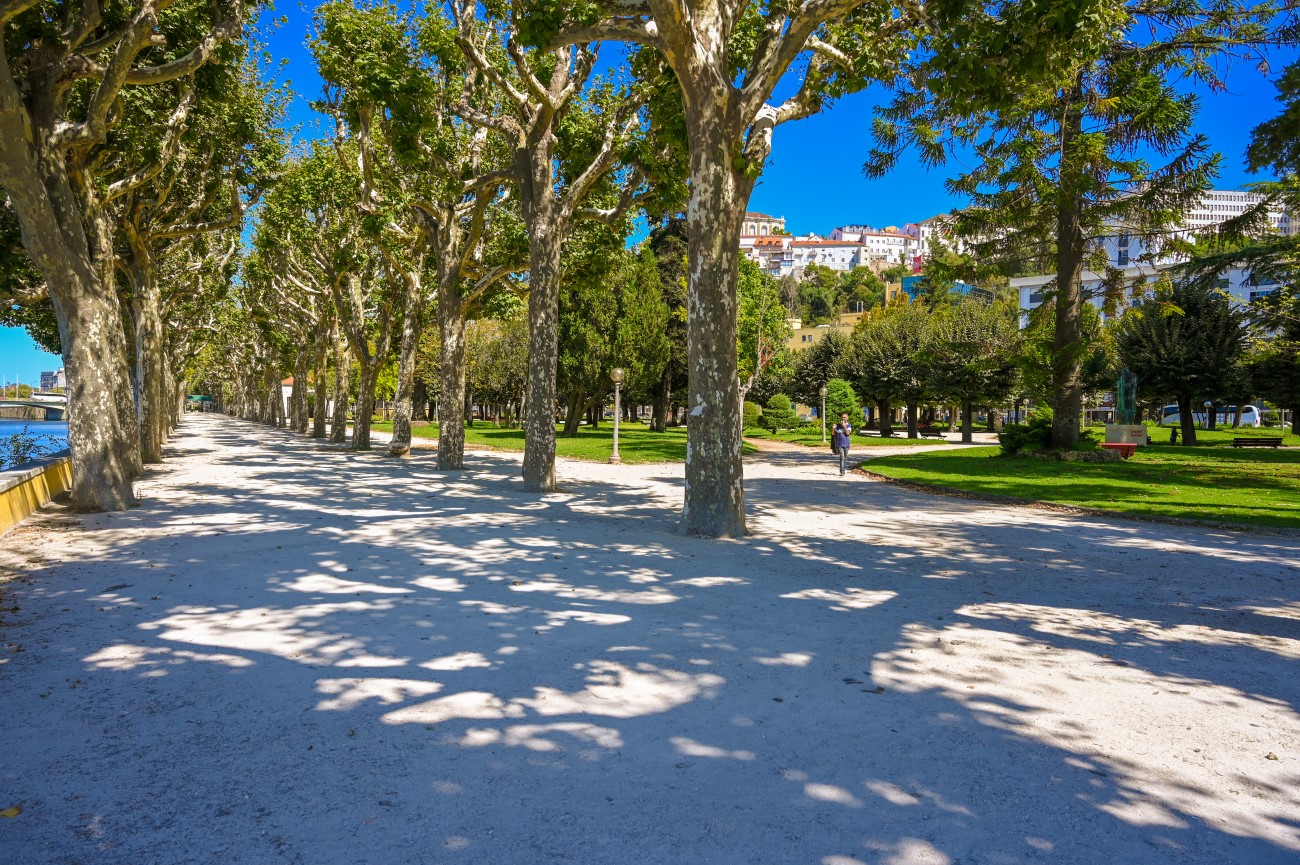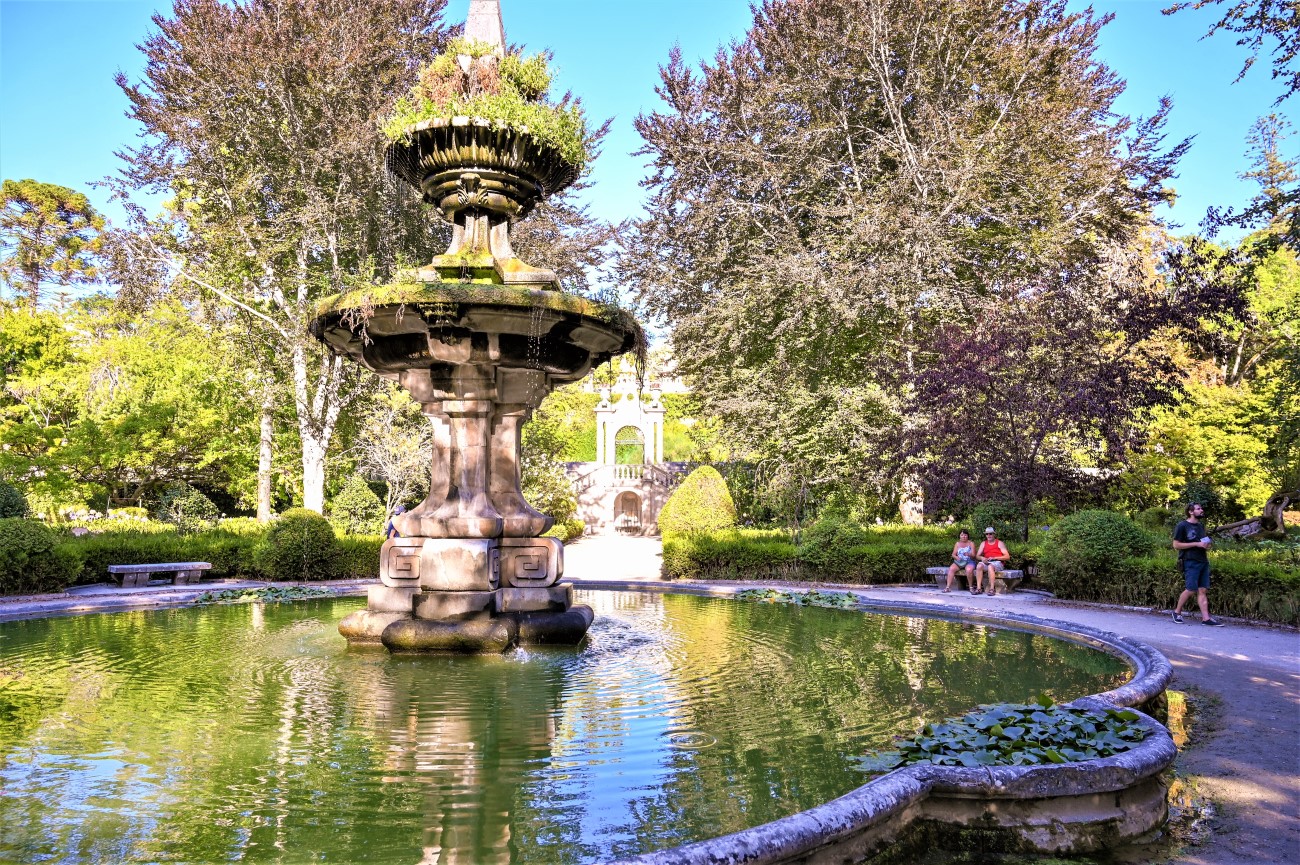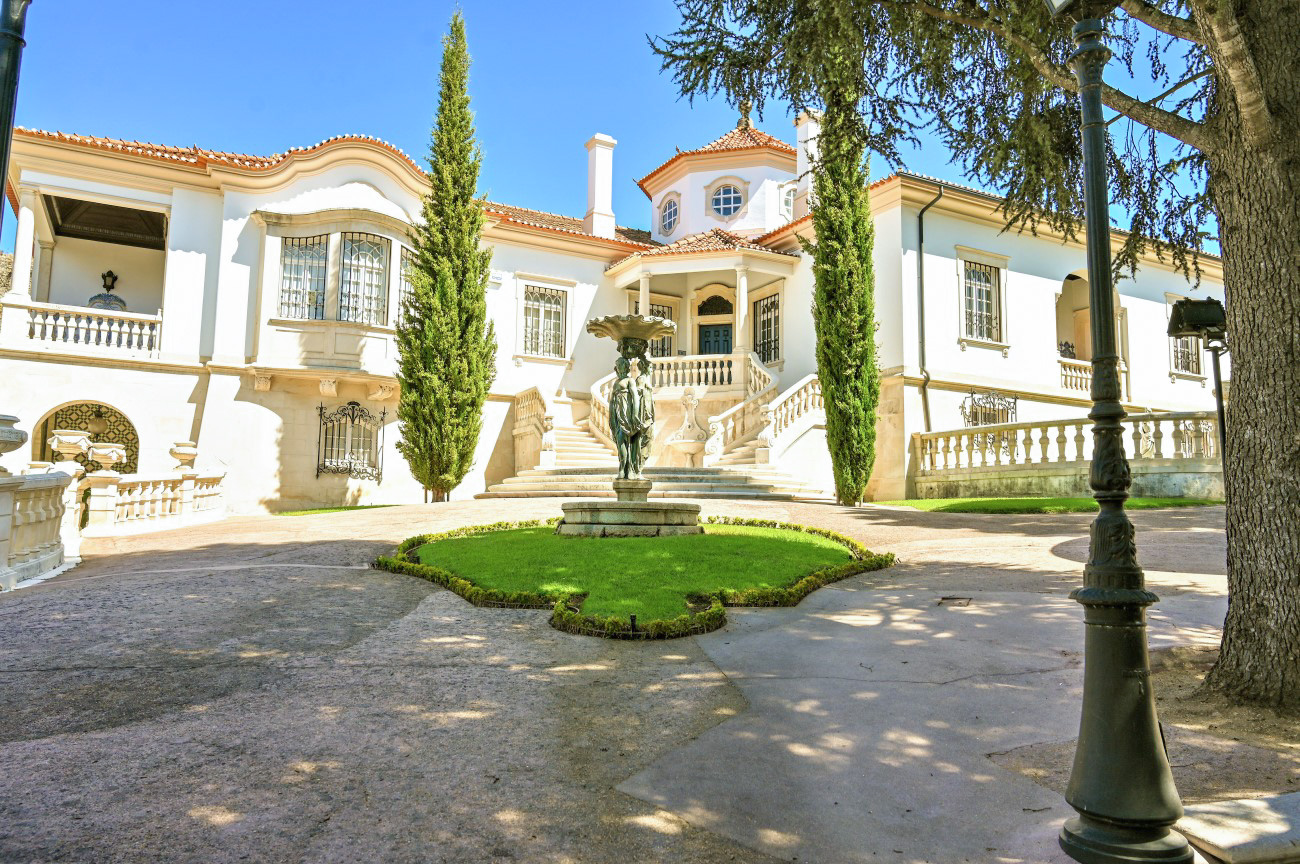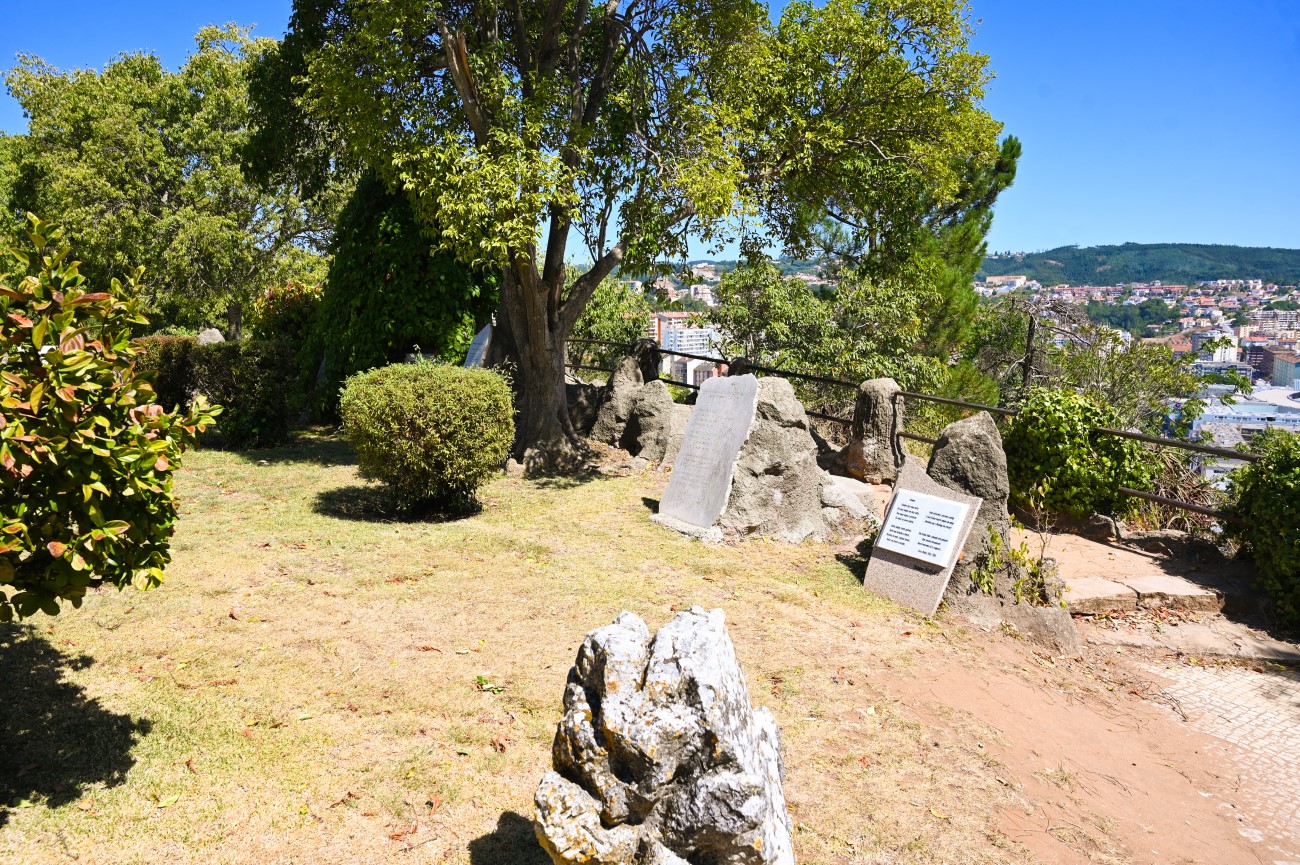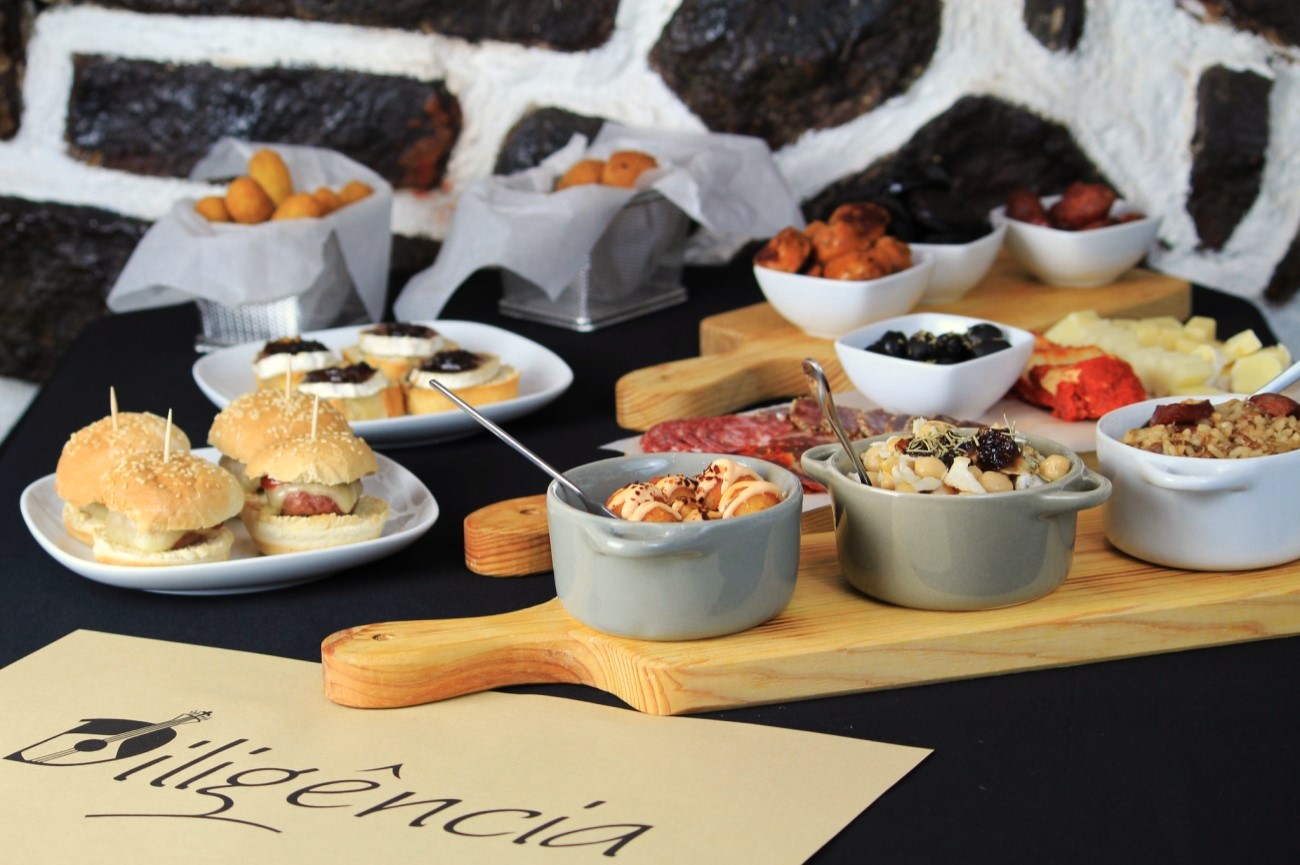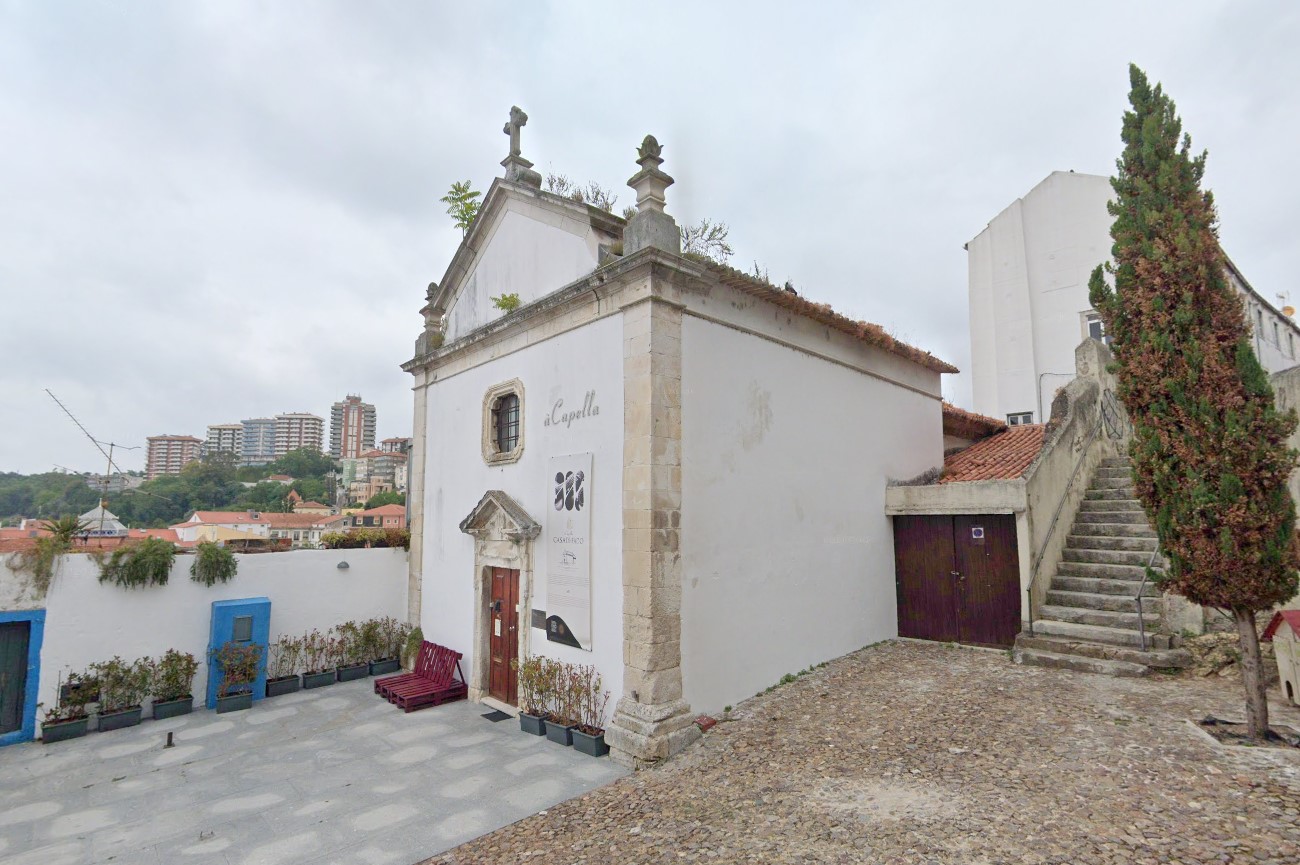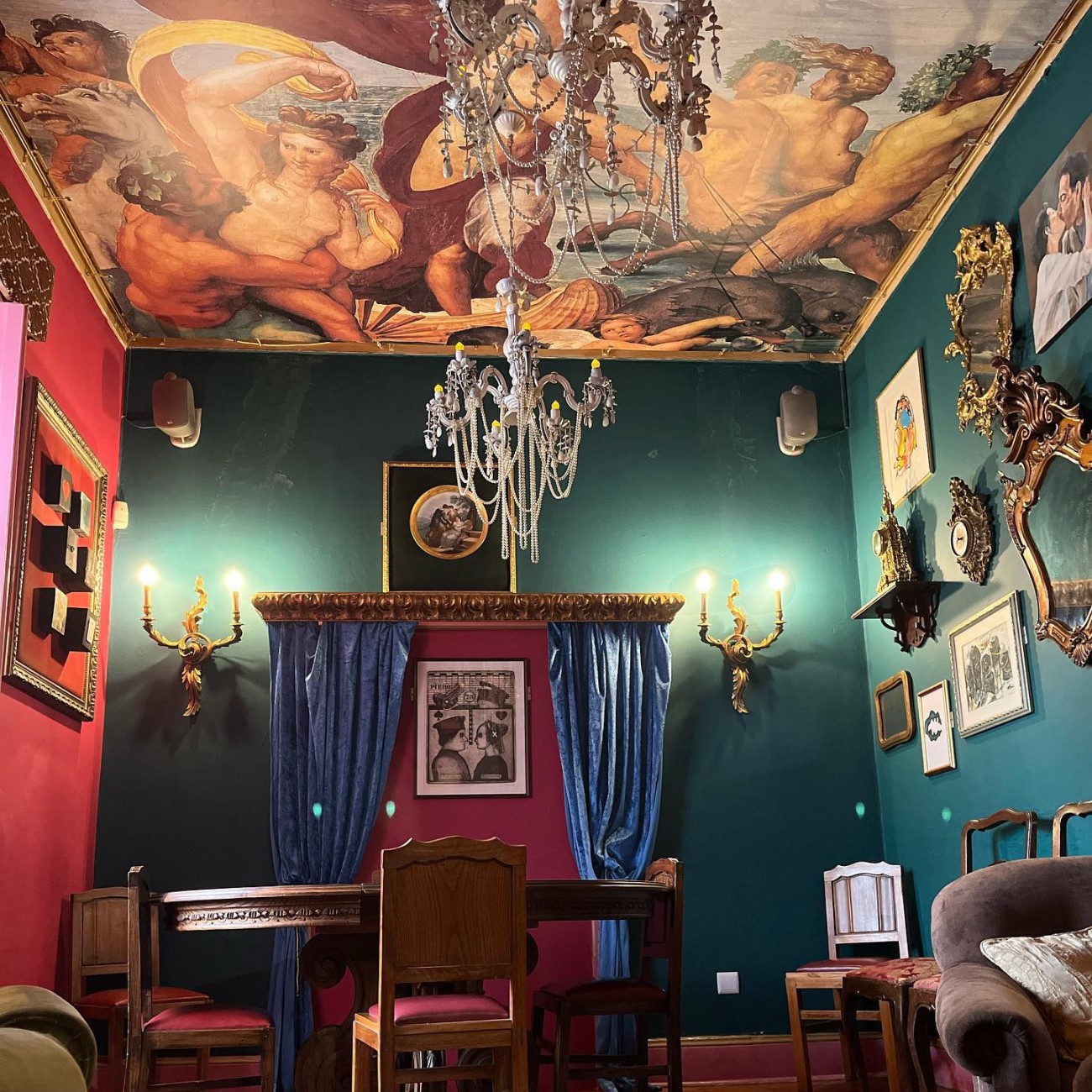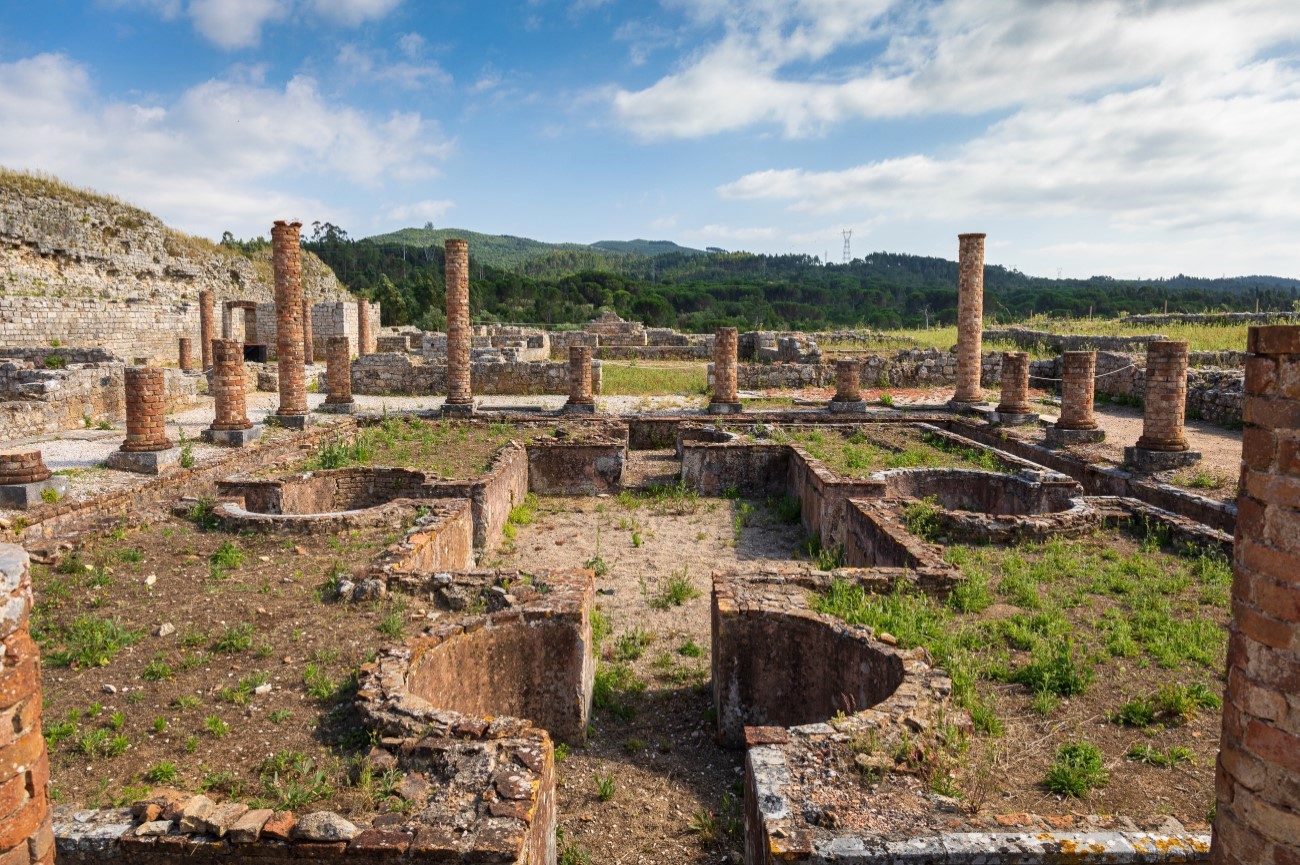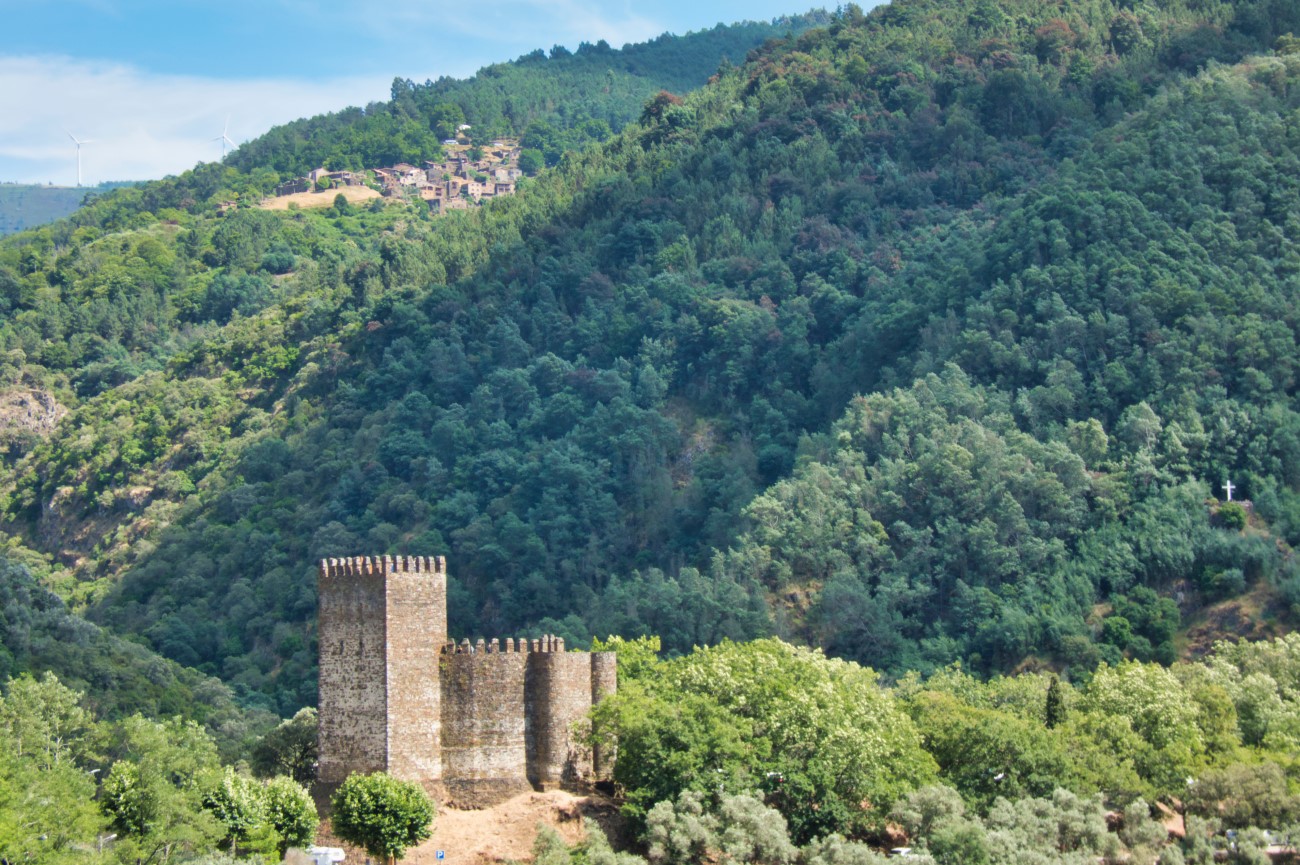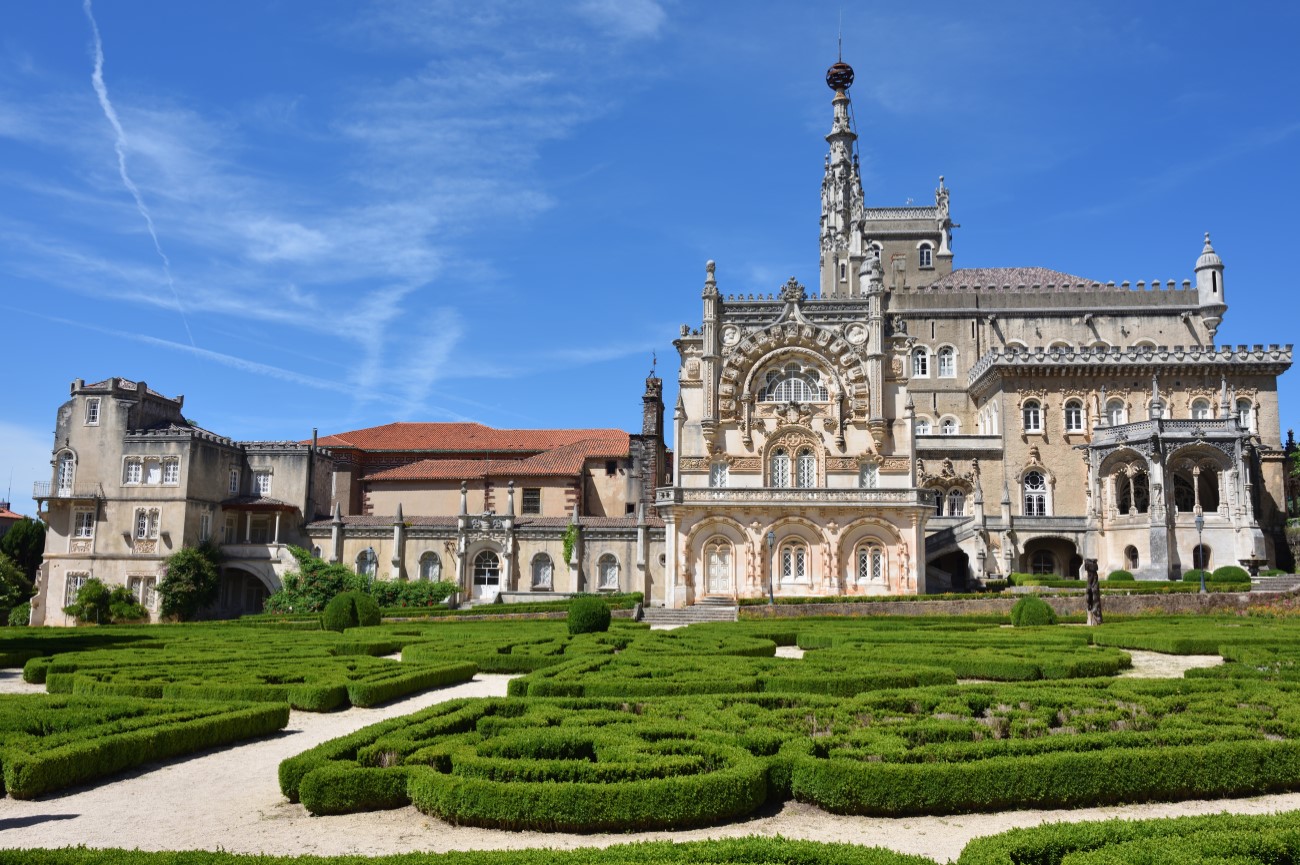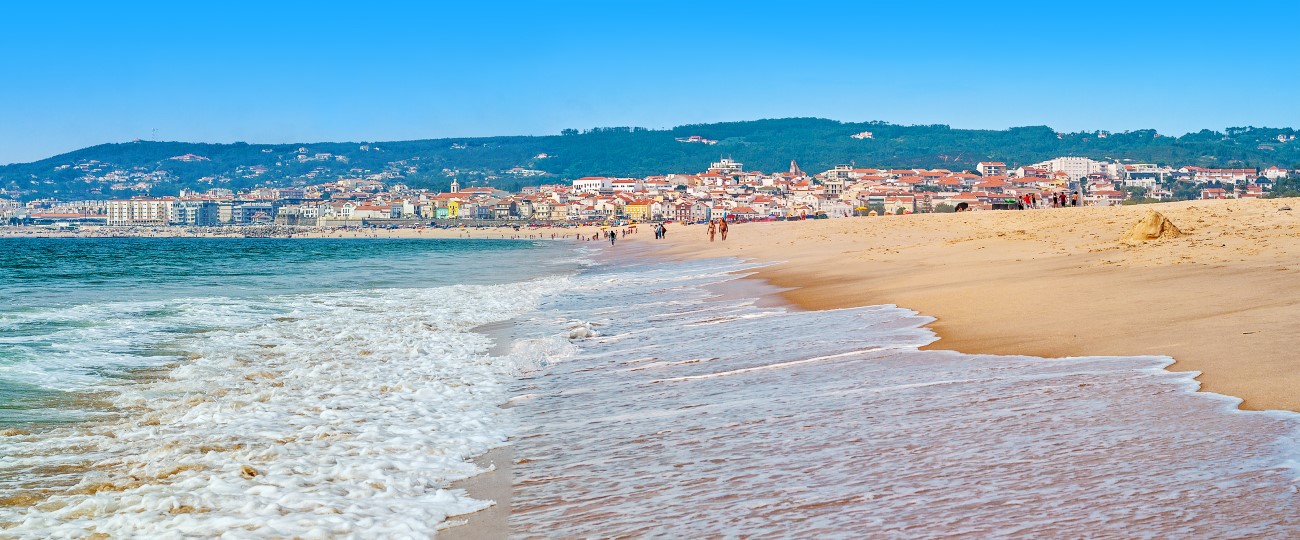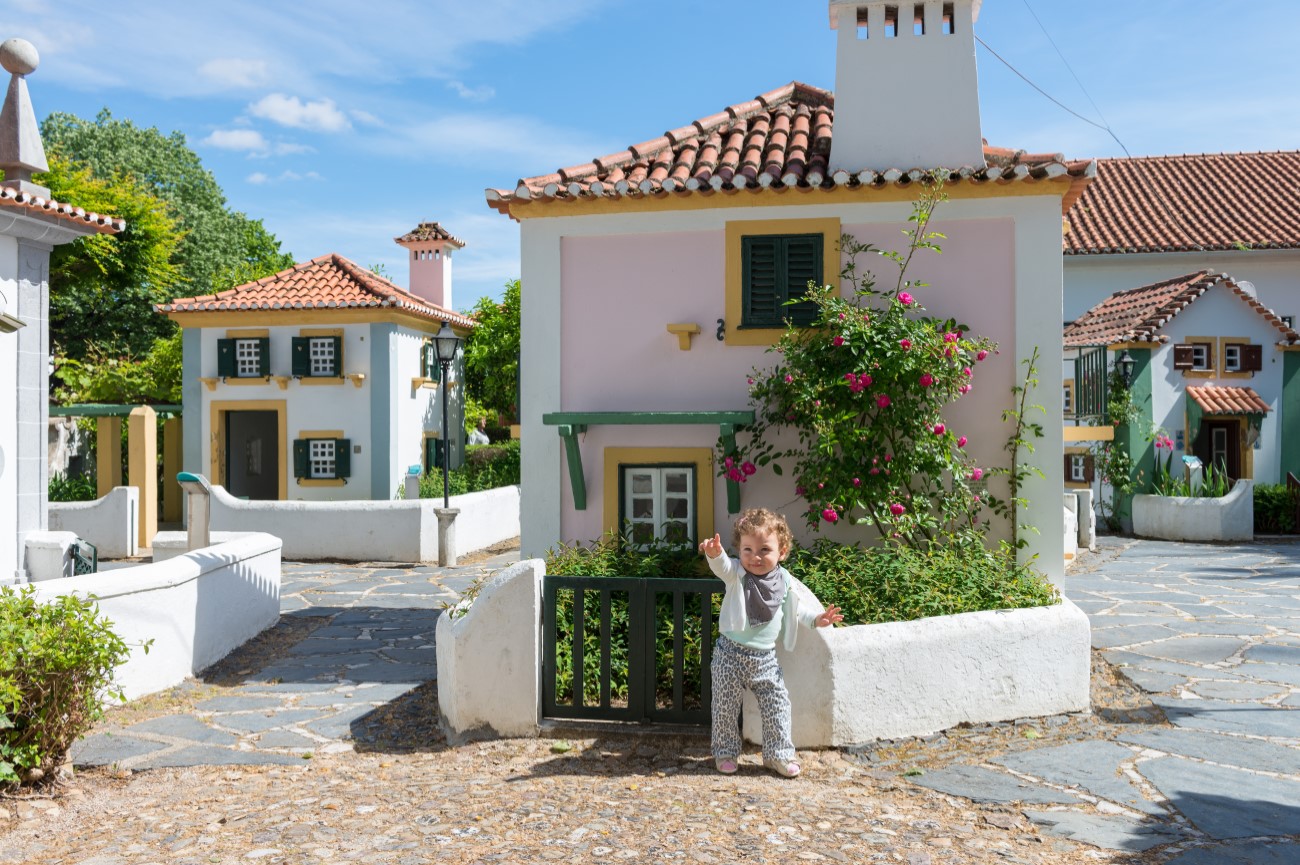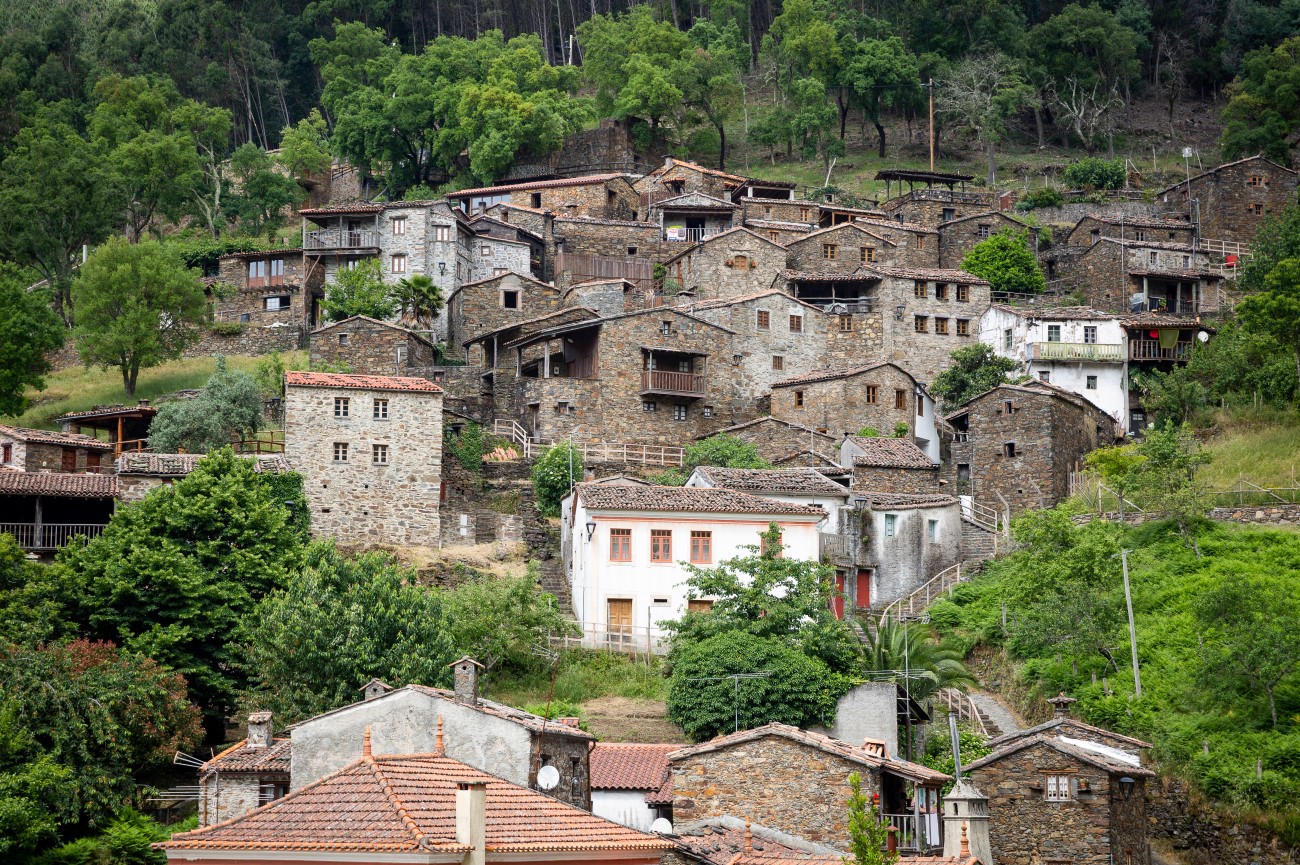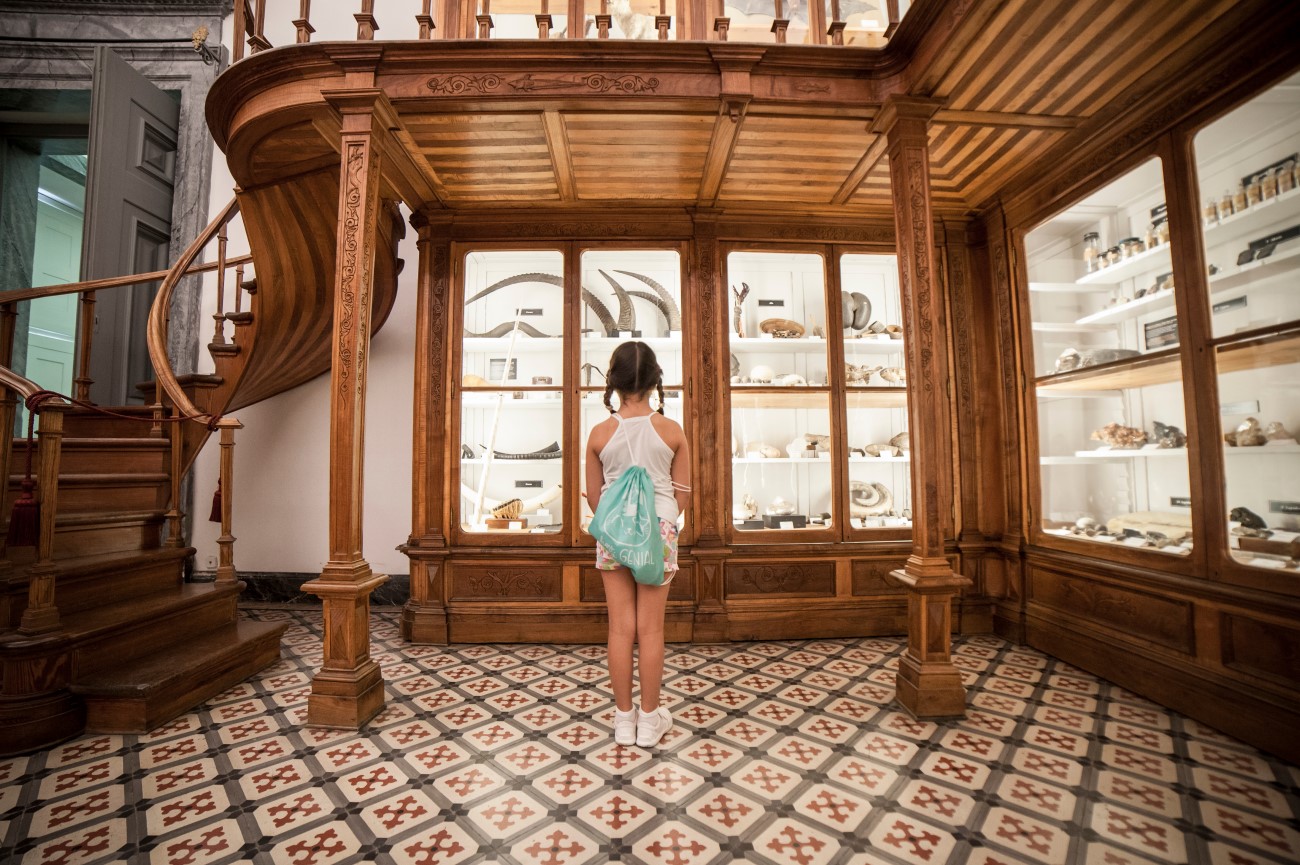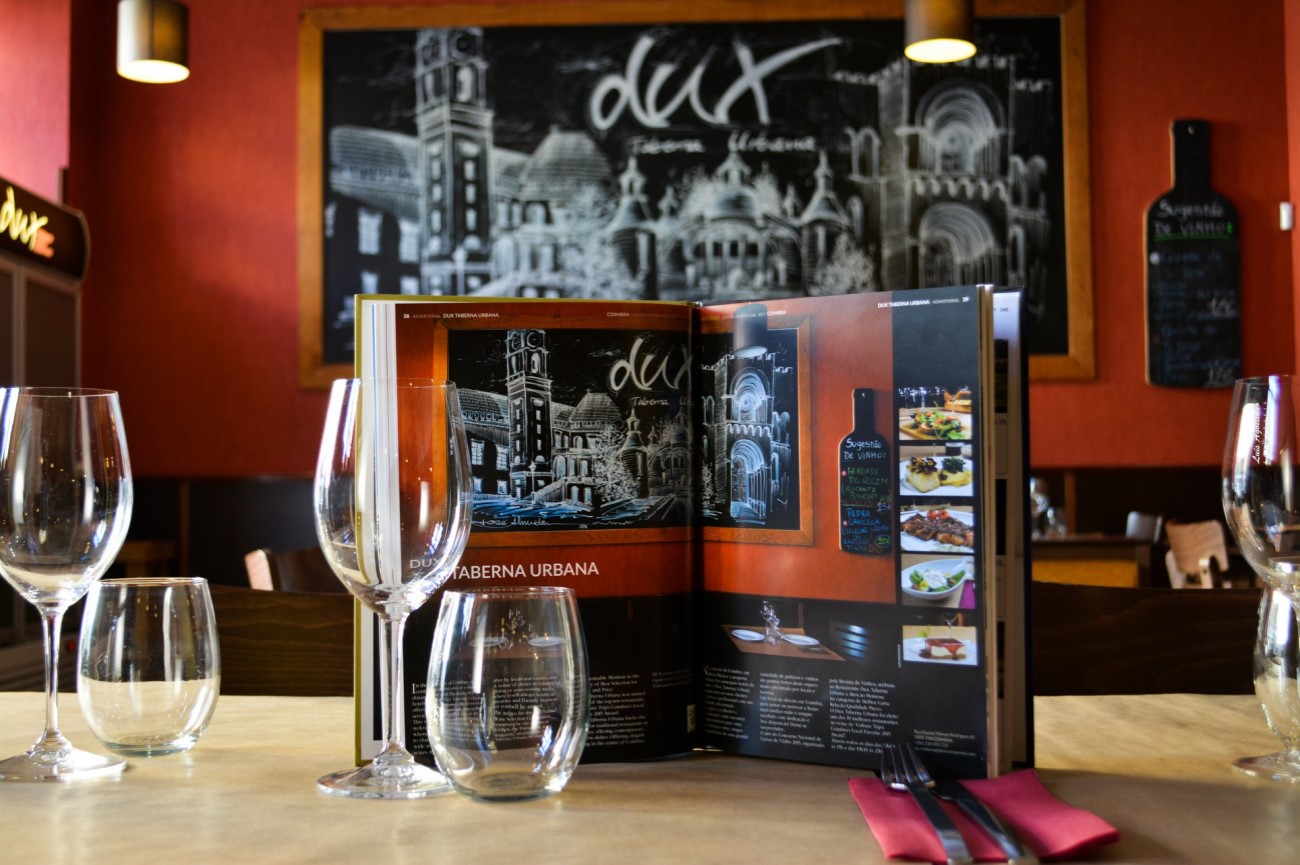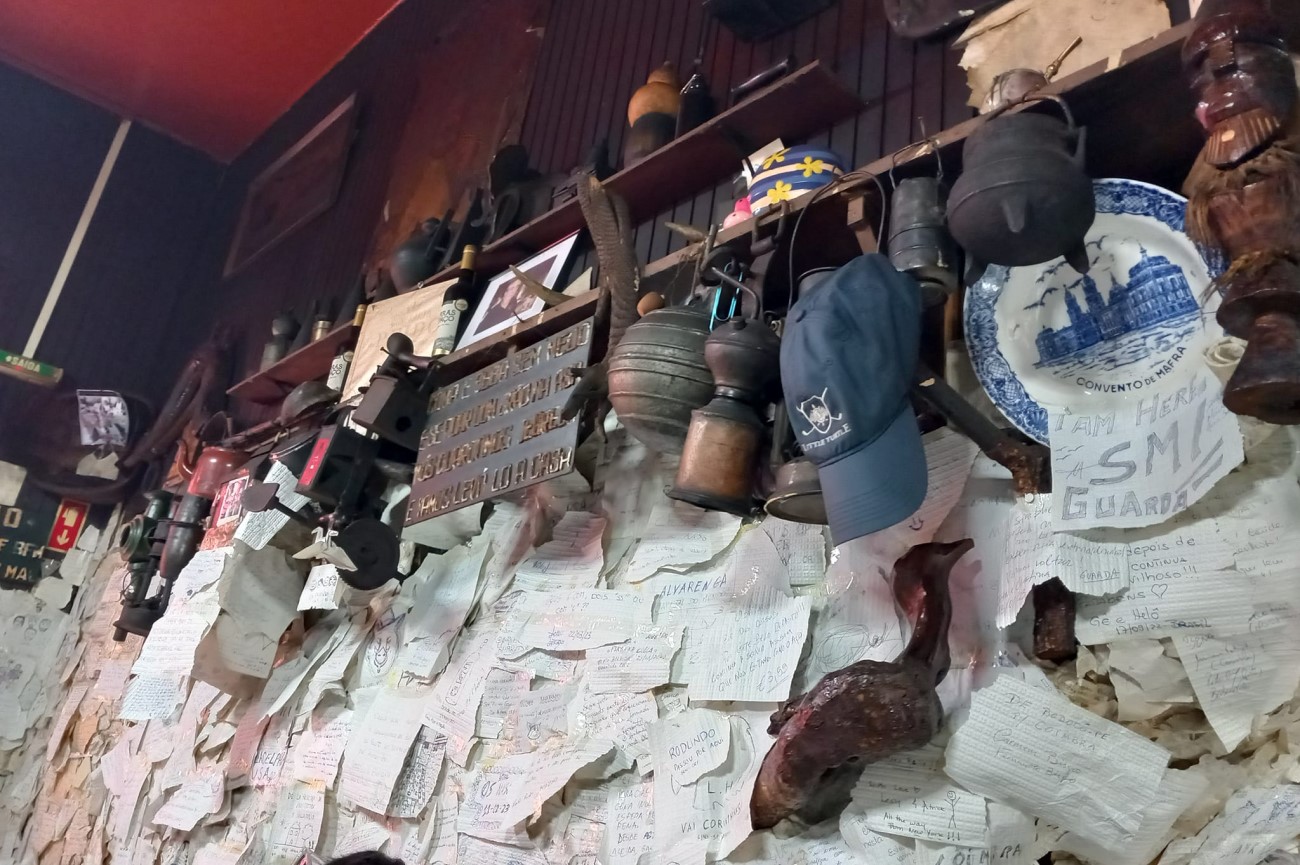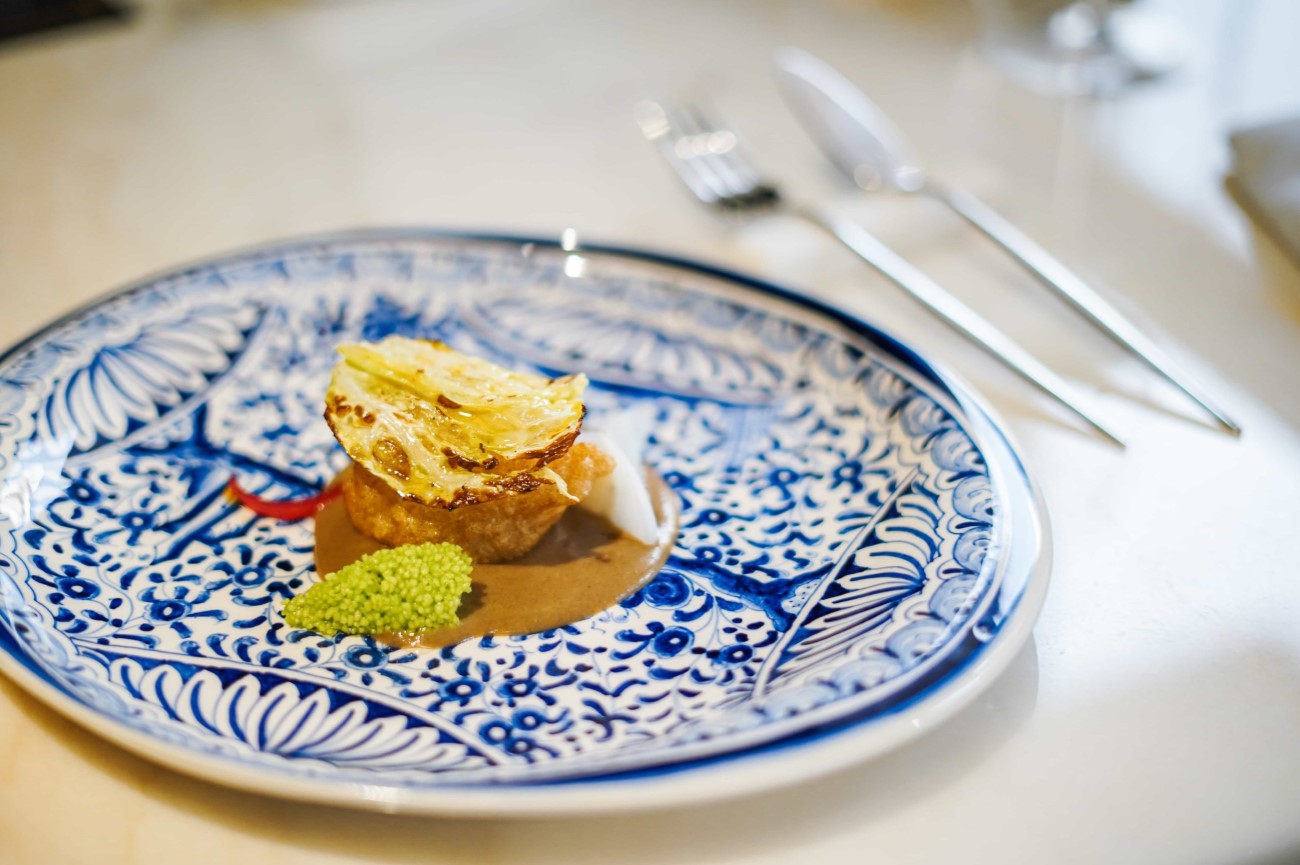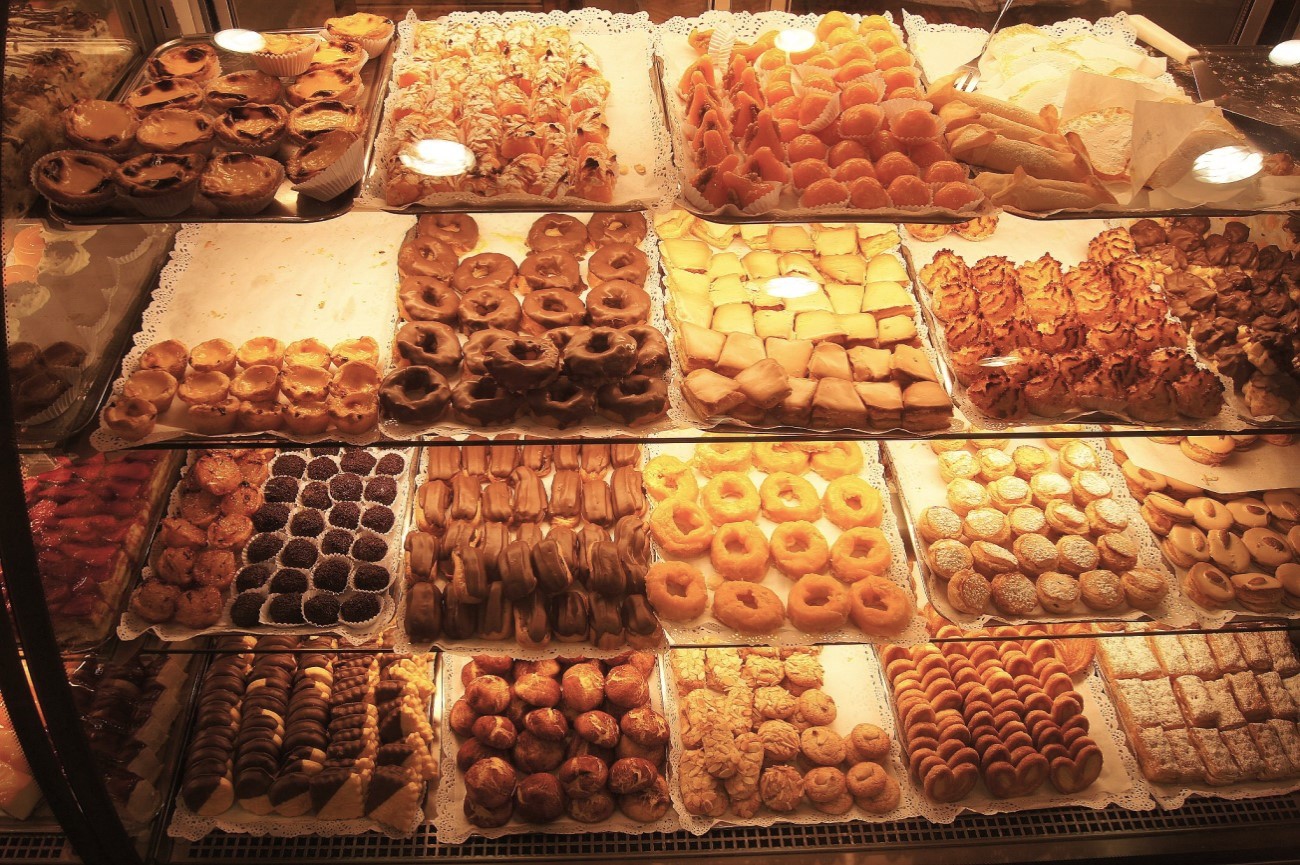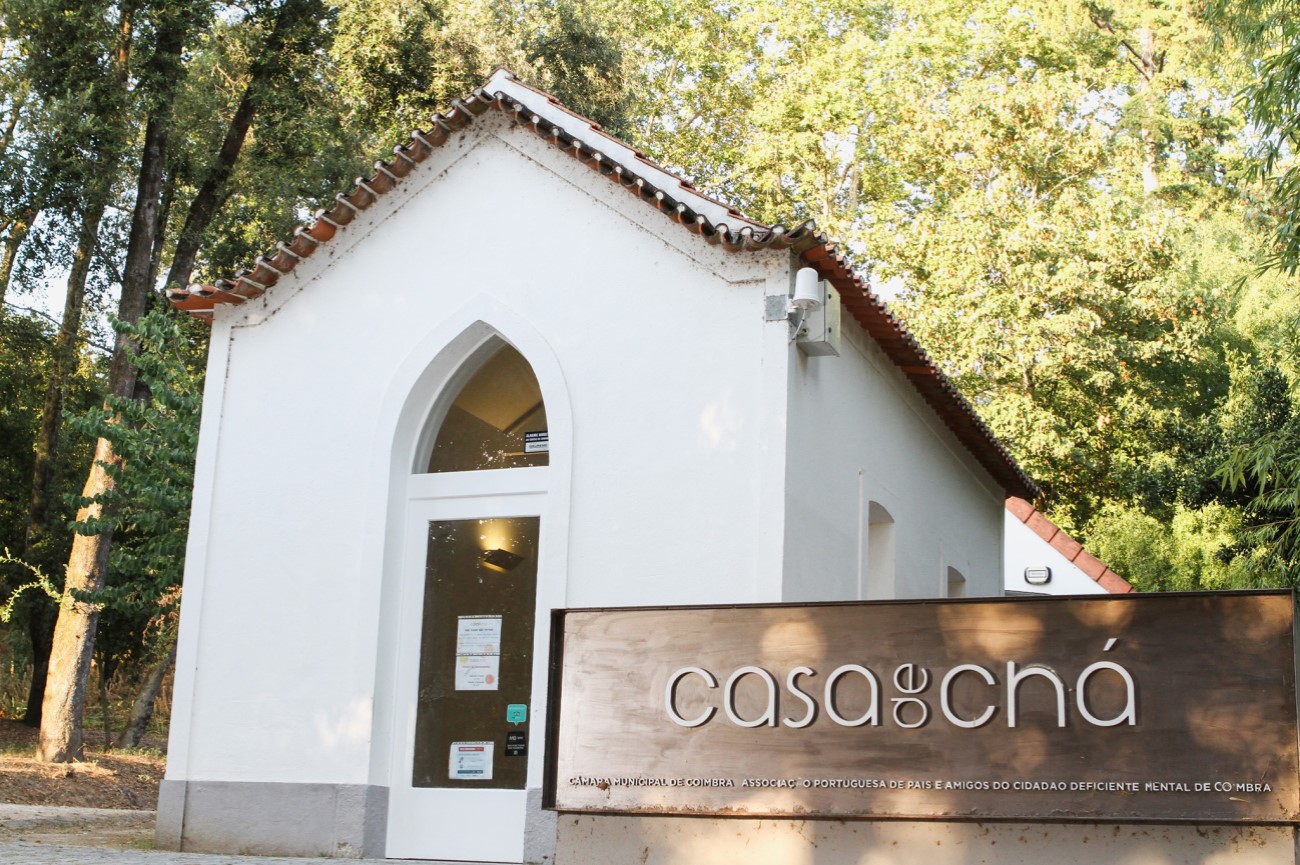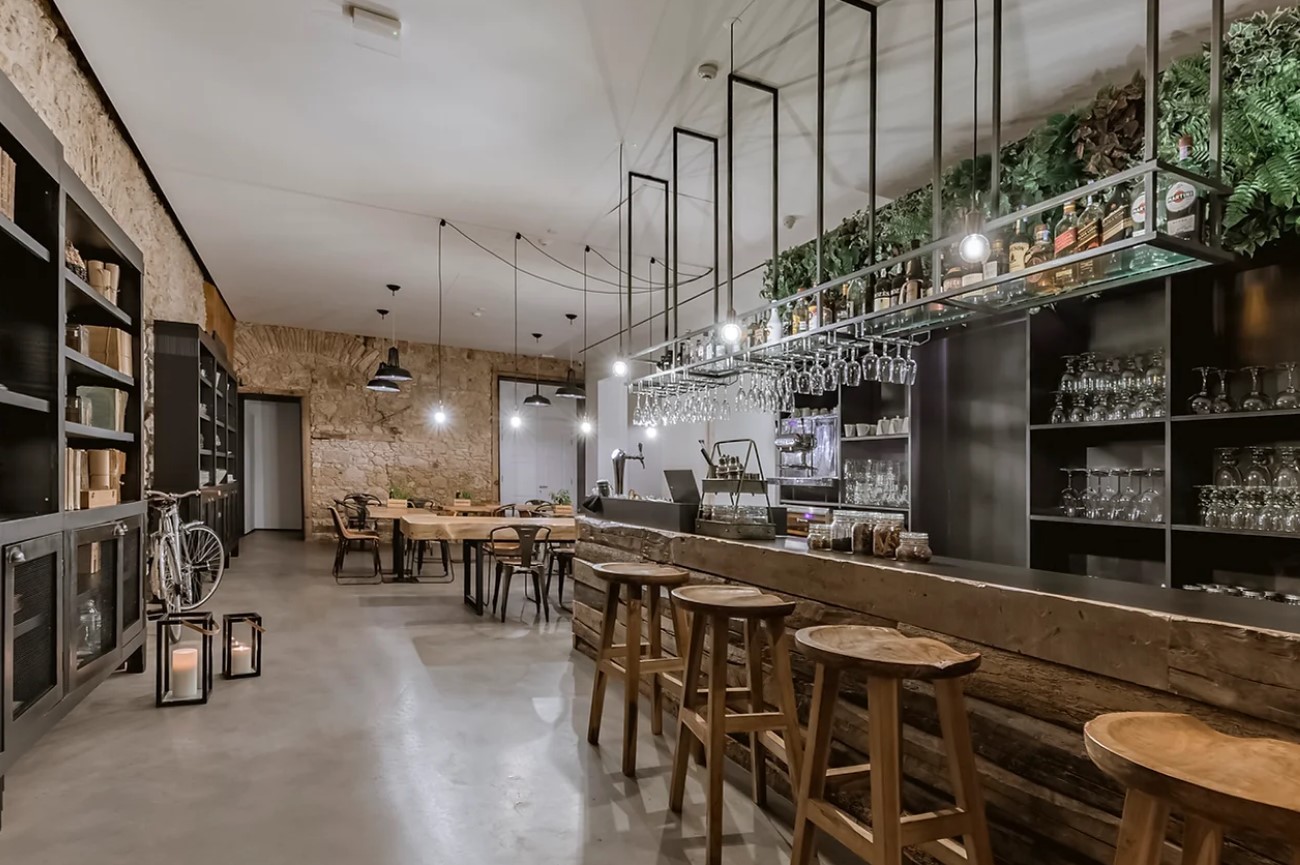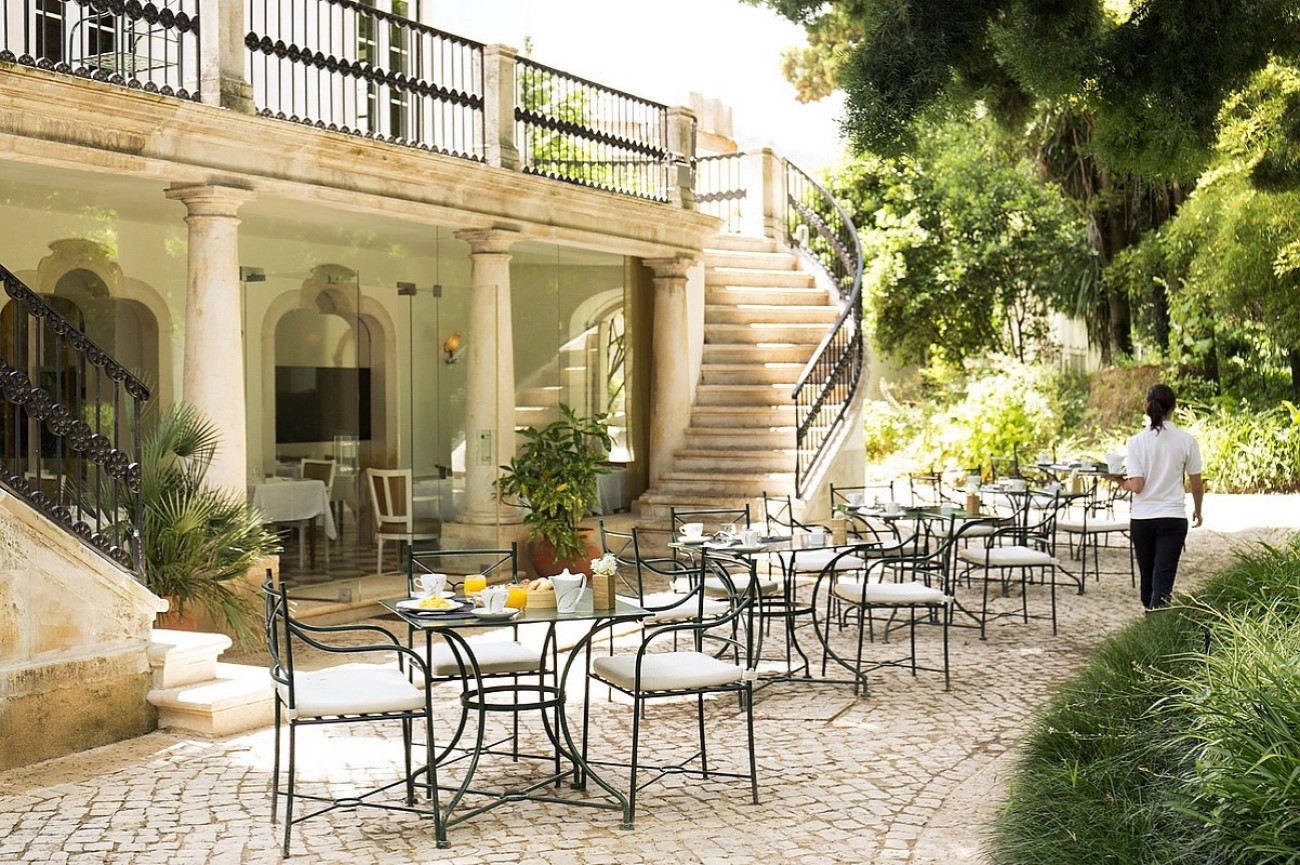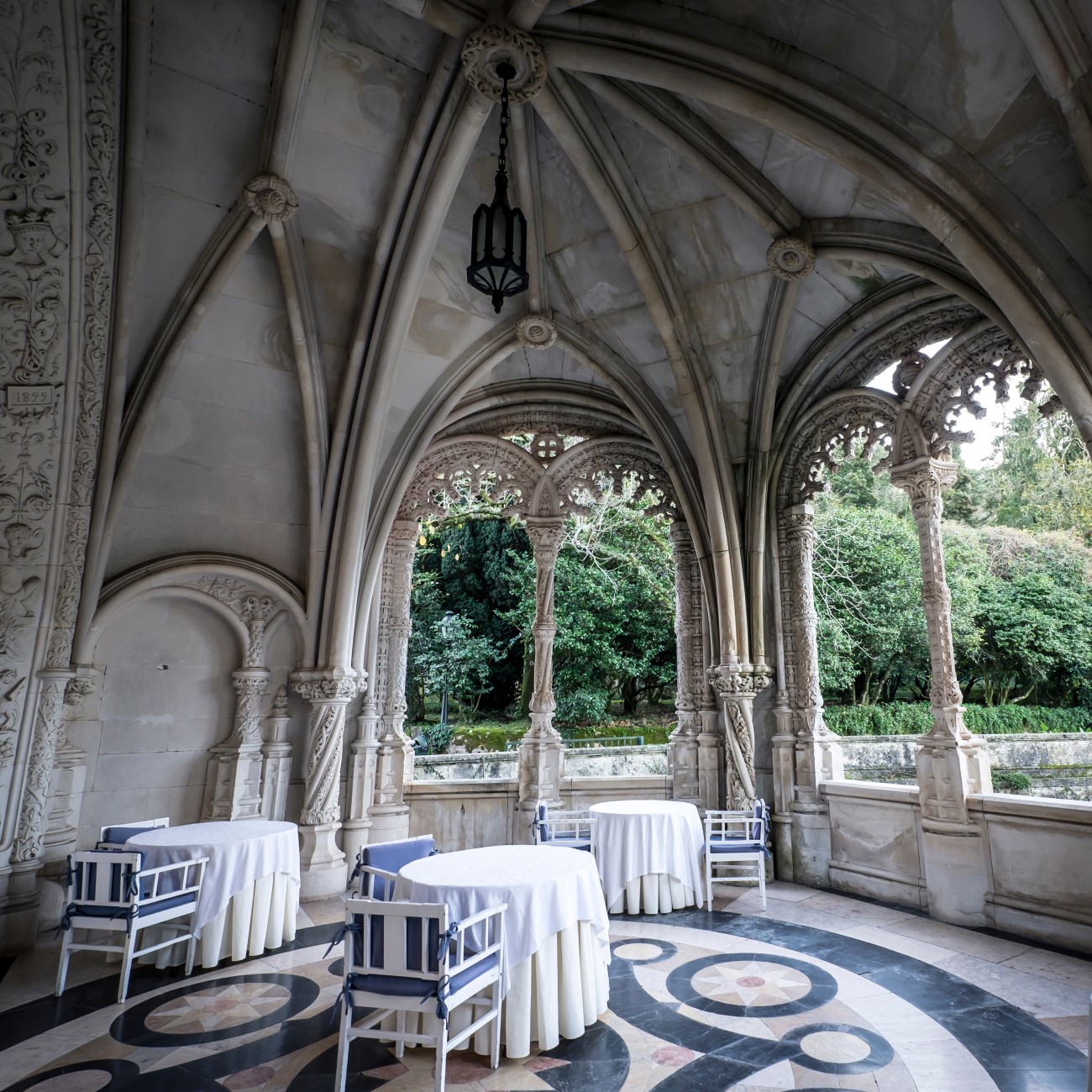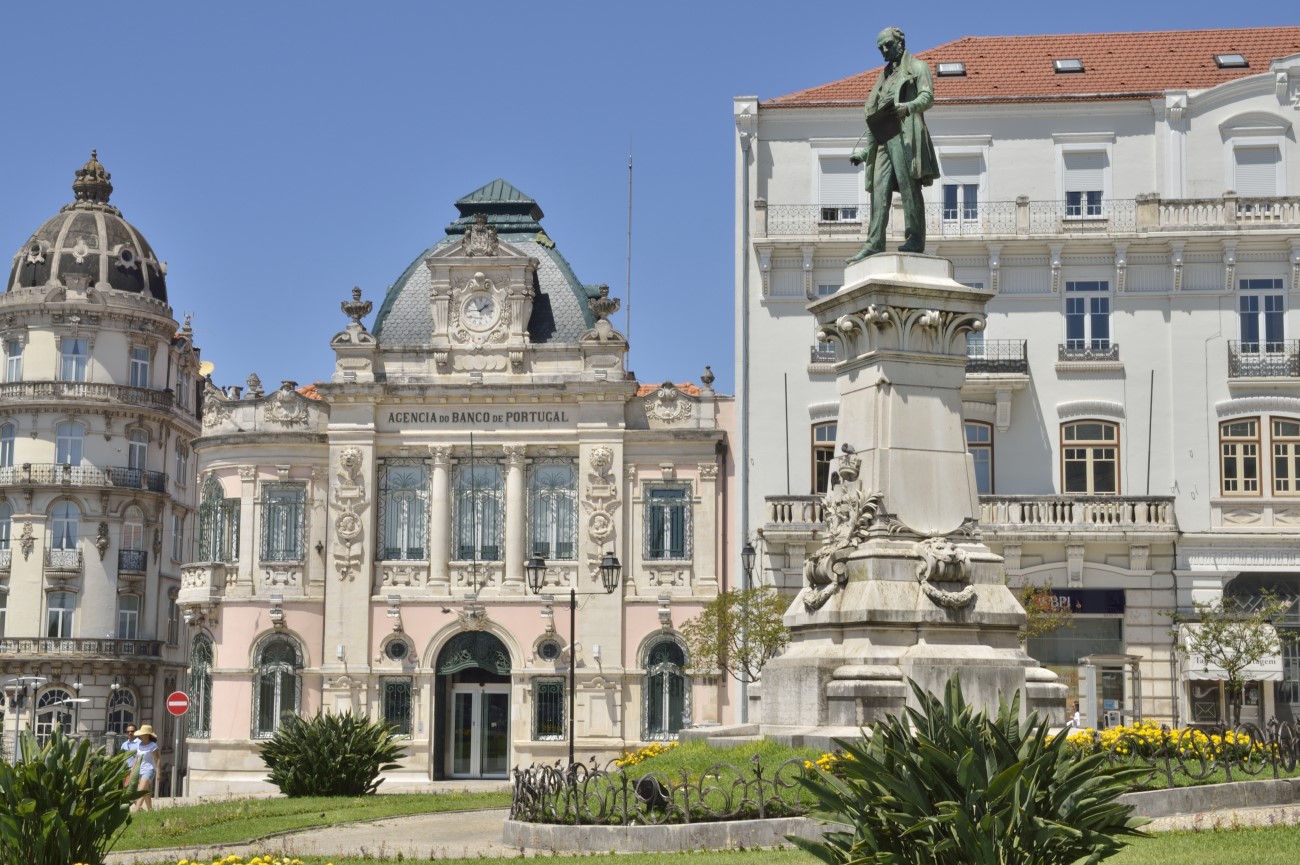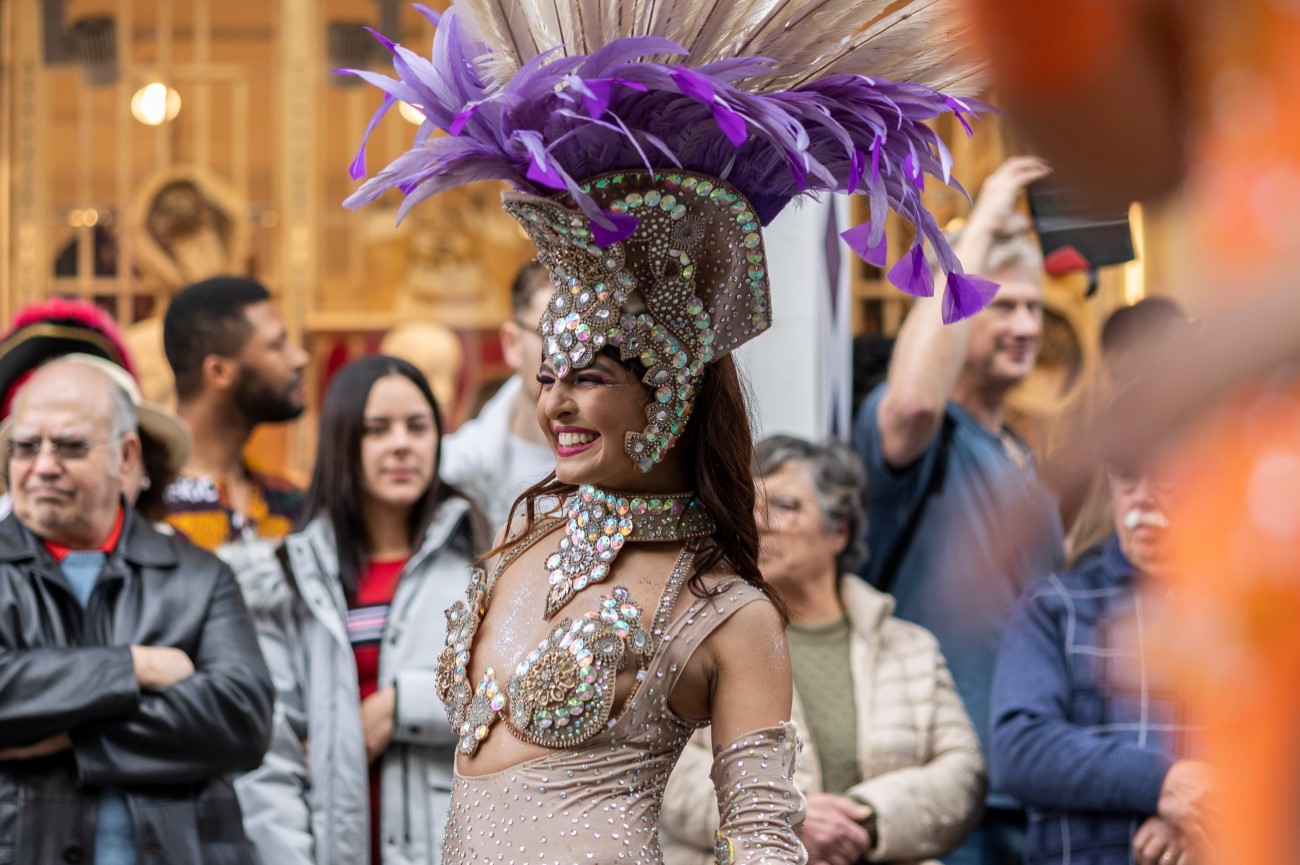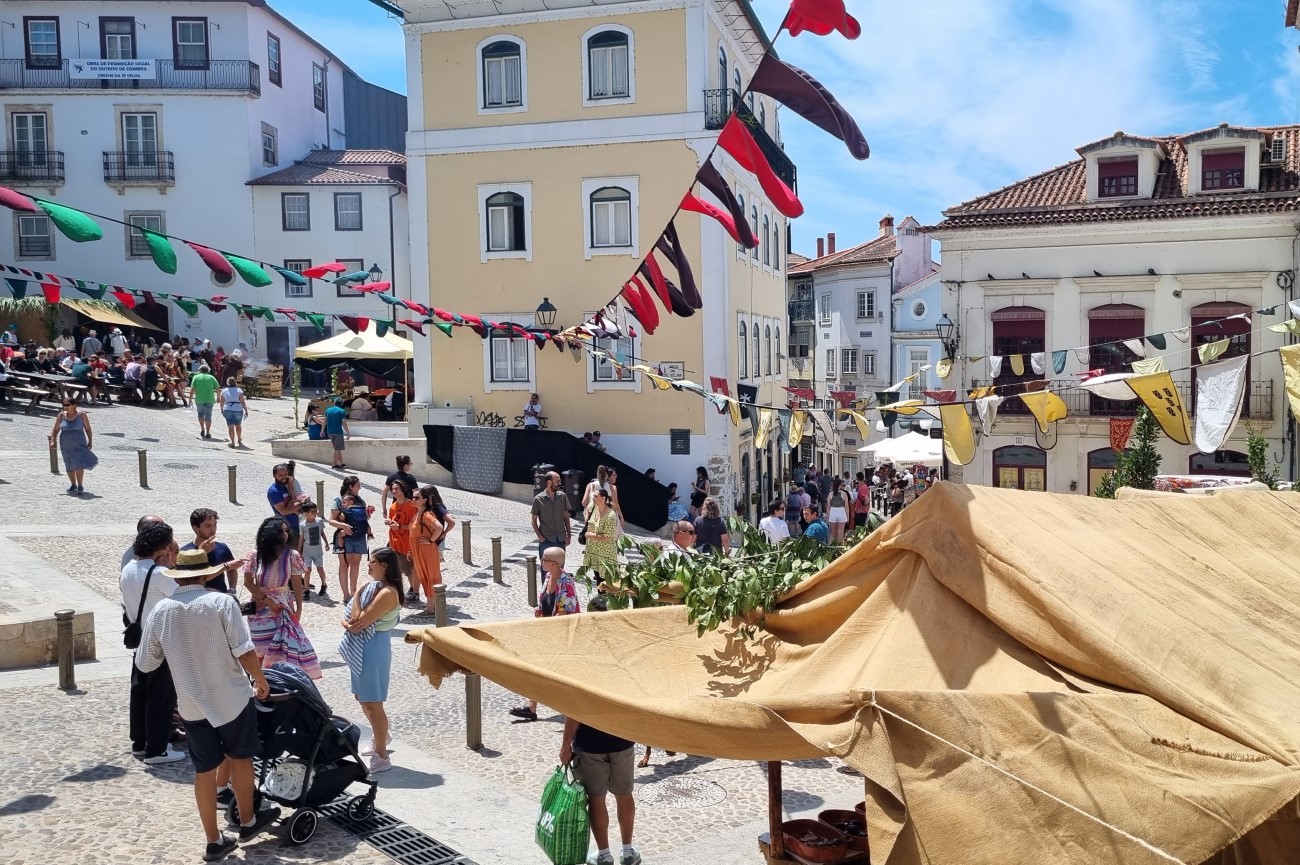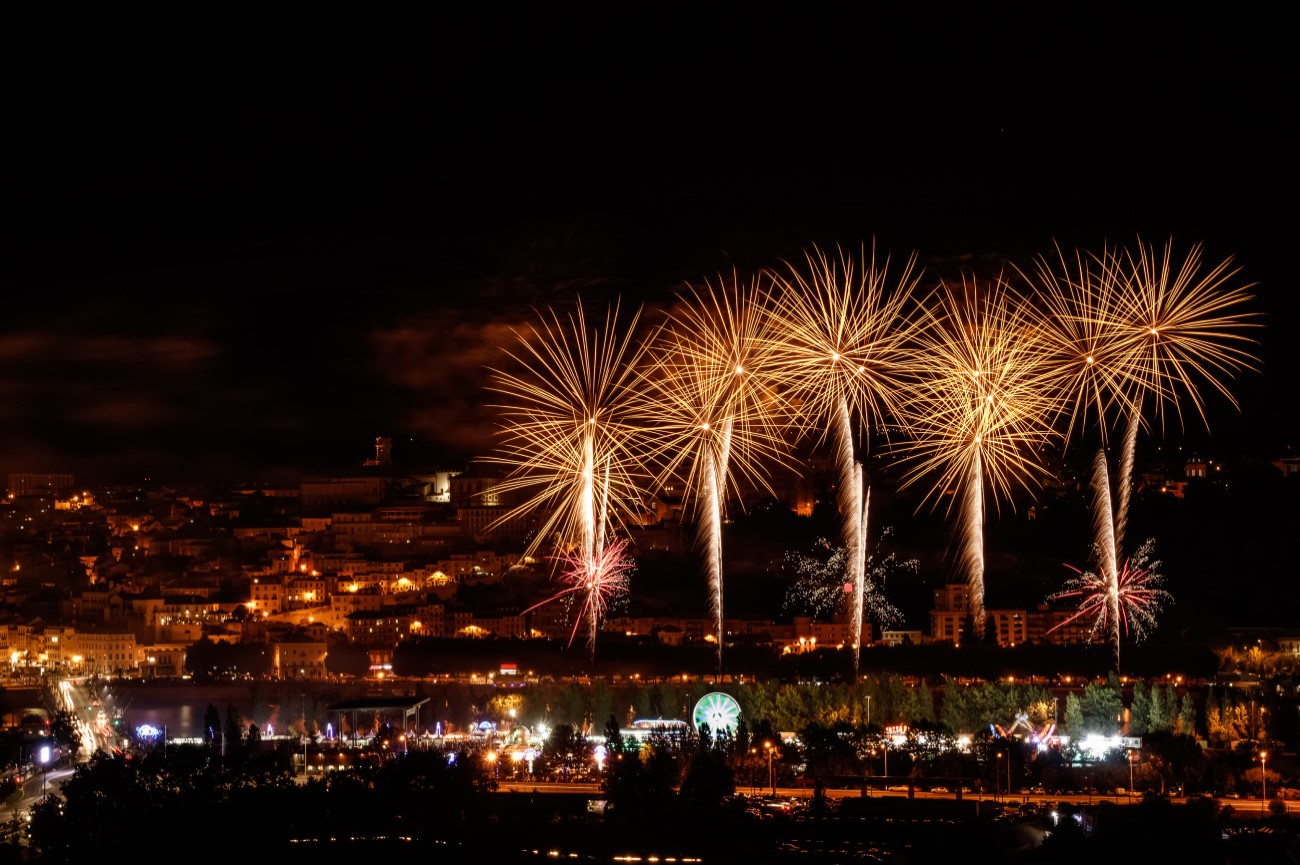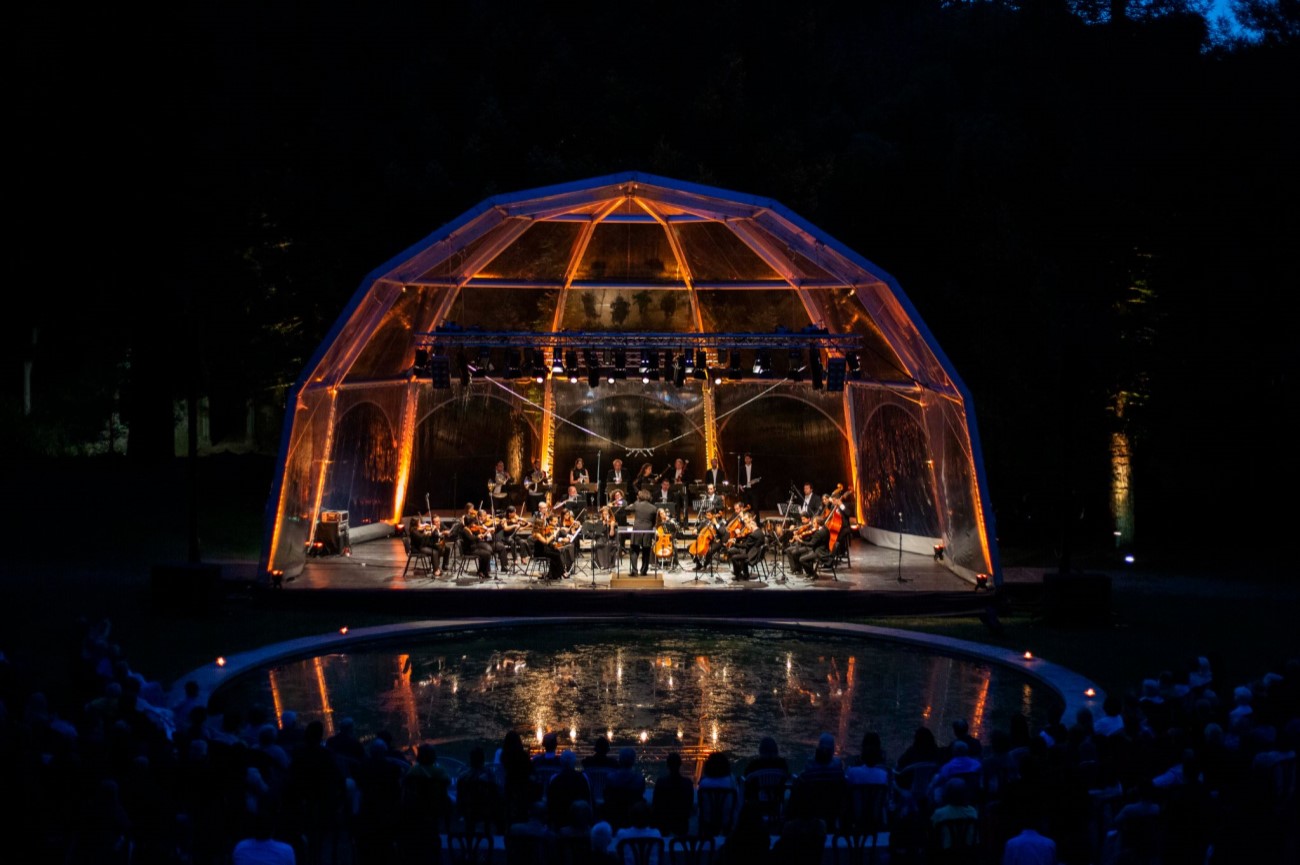Discover Coimbra - Things To Do in Coimbra
Set along the Mondego river, Coimbra rises on a hill dotted with historical sites. The city is home to the oldest university in Portugal as well as several religious monuments dating from the 12th to the 18th century.
Among the city’s main attractions is an astonishing Baroque-style library decorated with gilded shelves that hold more than 300,000 volumes.
Despite all its history, Coimbra remains young in spirit, thanks to its large student population, which occupy its bars late at night. Here, you can listen to Fado de Coimbra, a unique fado style created by the students.
It’s worth spending at least a day in Coimbra to explore the old town and experience its nightlife. With a few extra days, you can discover other hidden gems nearby, like the Roman ruins of Conímbriga or the romantic forest of Bussaco.
Below is a two-day itinerary of Coimbra, including suggestions for day trips, restaurants and hotels, so you can make the most of your stay.
Day 1

Visit University of Coimbra, a UNESCO World Heritage site
No trip to Coimbra would be complete without a visit to its university. Towering over the city, it’s one of the oldest universities in Europe, and it’s been a UNESCO site since 2013. The university has several buildings, all assembled around a large courtyard called Pátio das Escolas. During your visit, you’ll pass through Paço das Escolas, the Capela de São Miguel and the Museu da Ciência. If you don’t mind the narrow stairway, you can also climb up to Torre da Universidade and enjoy the panoramic views of the city.
Step Inside Coimbra’s Library
The most beautiful building at the university is the Biblioteca Joanina. Established in the 18th century, this library will dazzle you with its sumptuous decor and vast book collection. It gets its name from King João V who ordered its construction. There are three rooms in the library, all decorated with frescoed ceilings and tall gilded shelves. One thing you probably won’t see is the colony of bats, who eat the insects that might otherwise damage the books. When you buy tickets for the university, make sure to get the one that includes the entrance to the library.
Take a Tour of Coimbra’s Religious Monuments
Coimbra is full of churches and chapels from different eras. There’s Capela de São Miguel, which is part of the university tour, but there are many others that deserve a visit.
Near the university, you’ll find Sé Nova. This church started as a Jesuit temple in 1598 and features a mix of Mannerist and Baroque architecture. It’s worth stepping inside to admire the gilded panels and the two organs above the altar.
From there, you can walk to Sé Velha, Coimbra’s old cathedral. Built around the 12th century, it has kept most of its Romanesque features. Outside, the church stands out with its imposing stone walls and narrow windows, while the interior features high vaulted ceilings and charming cloisters.
To end the tour, head to Igreja de Santa Cruz. The original church dates from the 12th century, but the architecture you see today is mostly from the 16th century, including the doorway and the cloister. Inside you’ll find the sculptured tombs of the first kings of Portugal—Afonso Henriques and Sancho I.
Capture the Domes at Jardim da Manga
Just behind the Igreja de Santa Cruz is the Jardim da Manga. Also known as Claustro da Manga, this small square was once part of the church’s cloisters. In the middle of it stands a striking yellow building surrounded by water fountains. It might not look like it, but this is one of the earliest examples of Renaissance architecture in Portugal. Some say that King João III visited the area and sketched the fountain’s design on his sleeve, hence the name manga in Portuguese.
Walk Under the Almedina Gate
As you wander around the old town, you’ll inevitably pass by the Almedina Gate and Barbican Gate. This Moorish-style arch is one of the remaining gateways that were part of the city’s medieval wall. Today, it makes the connection with Rua Ferreira Borges, one of the main shopping streets in Coimbra. Attached to the gate is the Torre de Almedina, a medieval tower which now houses a small museum about the city’s past fortifications.
Relax at Parque Verde do Mondego
After visiting Coimbra’s main sights, you can relax at the Parque Verde do Mondego. Set along the river banks, this park stretches for nearly 4km. It offers several facilities including a running track, a children’s playground, and a little kiosk where you can grab a drink.
Cross the Pedro e Inês bridge
End the day by crossing to the other side of the river. Just above the Parque Verde do Mondego is the Pedro e Inês Bridge. Established in 2007, this pedestrian bridge provides the best views of Coimbra. From here, you can capture the university up on a hill and locals paddling on the river in the summer. The bridge itself is a beautiful architectural work, lined with multi-coloured glass shapes that reflect on the wooden floor during the day and lit up at night. On the left bank of the river, you’ll find another park with a picnic area and a centre for water activities, where you can rent a kayak or stand-up paddle.
Day 1 Coimbra Itinerary
Day 2

Take a Hike Around the Choupal National Forest
Not far from the city centre, you’ll find the forest of Choupal. Dating back to the 18th century, it was initially created to prevent the floods of the Mondego river. Today, this riverside forest has become a favourite spot for picnics and outdoor activities such as running and hiking. While Poplar trees (choupo) dominate the landscape, you can also spot other species like plane trees and cedars. Inside the forest, there’s a small bar and an equestrian centre where you can take riding lessons.
See the Monastery of Santa Clara-a-Velha
Most attractions in Coimbra are on the right side of the river, but there are some places worth discovering on the left end too. Among them is the Monastery of Santa Clara-a-Velha.
Completed in 1330, this Gothic-style church was designed by the same architect as the monastery in Alcobaça. As it stands close to the river, it was frequently threatened by floods, so it was left abandoned in the 17th century. At the time, the nuns moved to a monastery higher up, known as Santa Clara-a-Nova, leaving the original one behind. A few centuries later, Santa Clara-a-Velha got restored, and during that time, they uncovered the lower part of the church and its cloister. Now, beyond the church, you can visit a museum which showcases the items recovered during the excavations.
Explore Quinta das Lágrimas
Also on the left side of the river are the majestic gardens of Quinta das Lágrimas. This was the stage of one of Portugal’s most famous love stories between King Pedro I and Inês de Castro, a noblewoman from Galicia. They had a secret affair in the 14th century, but sadly Inês was murdered. Legend says that she died in this park and shed a tear at Fonte das Lágrimas (Fountain of Tears, also known as Fonte dos Amores). In the middle of the estate, there’s a 19th-century palace, which is now a hotel, but you can still wander around the gardens and learn about the legends of this tragic love story.
Sit Under the Trees at Parque Dr. Manuel da Braga
If you need a little break from sightseeing, you can stop by Parque Dr. Manuel da Braga. Also known as Parque da Cidade, it was created in 1920 by a landscape gardener called Jacinto de Matos. Hidden amid the trees are statues of famous Portuguese writers like Florbela Espanca and Antero de Quental. The river flows right in front of the park, so grab a seat and take in the views.
Wander Around the Botanical Garden
Another relaxing spot in Coimbra is the botanical garden. Founded in 1772, it houses plants from all around the globe, covering an area of 13 hectares. At first, it was used by the university for research purposes, but now everyone is welcome to visit. Within the garden, you’ll find a series of spaces, including two greenhouses, a large fountain, and an old chapel that belonged to Benedictine monks.
Visit the Casa Museu Bissaya Barreto
A few steps away from the botanical garden is the Casa Museu Bissaya Barreto. This Neo-Baroque mansion was the home of Bissaya Barreto, a Portuguese surgeon and medical professor at Coimbra’s University. Beyond its medical duties, Barreto was also an art aficionado. Through the years he collected many items, which are now on display in this small museum, including traditional Portuguese tiles, Chinese porcelain and antique furniture. Surrounding the house is a garden decorated with statues and tiled walls.
Enjoy the Views at Penedo da Saudade
Before you leave Coimbra, you should visit Penedo da Saudade. Sitting atop a hill, this historical garden offers sweeping views of the city and the Mondego river. Like Quinta das Lágrimas, Penedo da Saudade also has ties with the story of Pedro and Inês. According to a legend, after the death of Inês, Pedro came here to grieve her loss. This might explain the name saudade, which in Portuguese refers to a feeling of nostalgia. Today, it’s a meeting spot for lovers and Coimbra students. Dotted around the park are stone plaques carved with poems and busts of famous Portuguese figures.
Day 2 of Coimbra Itinerary
What to do in Coimbra at night
If you decide to spend the night in Coimbra, you should go to a fado show. Fado in Coimbra is different from the one in Lisbon, as it’s usually sung by students, and the songs have a romantic theme.
Several places around the city organize live fado sessions. One of the best places to go is Fado ao Centro, a cultural centre devoted to fado that hosts live concerts every day at 6 p.m.
You can also head to Bar Diligencia or aCapella. Bar Diligencia is a traditional fado house that serves food and hosts concerts from 6 p.m. to 2 a.m. every day except Sunday. aCapella, on the other hand, is a music centre located in a 14th-century church. Every day, there’s a fado show here starting at 9:30 p.m.
Coimbra also has many bars where you can grab a late-night drink. For cocktails, you can try Algazarra, and if you want the views, the cosy Galeria Santa Clara has a great terrace.
Day Trips from Coimbra
After exploring Coimbra, you can take a few days to visit other towns and attractions nearby. A few popular options include Conímbriga, Lousã, Bussaco and Figueira da Foz.
Located 20 minutes south of Coimbra, Conímbriga is home to one of the most well-preserved Roman sites in Portugal. It’s worth coming here to see the ruins and admire the mosaic floors, which remain pretty much intact. Make sure to visit the museum near the entrance to learn more about the history of this ancient city and see the items found in the area, such as coins and jewellery.
Also to the south is Lousã, a hilltop town surrounded by a cluster of schist houses. The main attraction here is the castle, which offers incredible views of the mountains. After visiting the castle, you can wander around the schist villages of Talasnal and Cerdeira. For nature lovers, there’s a Biological park which is home to many protected species like bears and lynxes. In the summer, you can go for a swim at Senhora da Piedade, a natural pool set amid the mountains.
If you head north from Coimbra, you’ll find Bussaco. This majestic forest used to be a monastic retreat, and there are still traces of their presence in the old convent decorated with black and white pebbles. In the middle of the forest is a stunning neo-Manueline palace, built as a summer getaway for Portuguese royalty, and now converted into a luxury hotel. You can take a peek inside and then follow one of the many pedestrian trails around the forest, passing through fountains and old chapels.
Finally, if you head west, you’ll hit Figueira da Foz. Located 50 km from Coimbra, this coastal city offers a casino, beaches and plenty of bars and restaurants. It can be a sleepy destination in the winter, but summer brings a crowd of sunbathers and surf lovers. Surrounding the city are the hills of Serra da Boa Viagem, where you can go for a hike or capture the views at Miradouro da Bandeira.
Things to do with kids in Coimbra
Coimbra is full of family-friendly sites. One of the main attractions is the University of Coimbra. It’s here you’ll find the stunning Joanina Library with its gilded shelves stacked with books. In the same building is a science museum with interactive exhibits for all ages and a tower with panoramic city views.
On the other side of the river, you can visit the ruins of the Monastery of Santa Clara-a-Velha, the Ciência Viva de Coimbra (another interactive science museum), and the Portugal dos Pequenitos, a miniature village featuring traditional Portuguese houses and iconic national monuments.
In the summer you can rent a kayak to paddle along the river. It’s also possible to walk or cycle along the riverfront promenade. If you do, you’ll probably pass by the Parque Verde do Mondego. This city park is an ideal spot for a stroll or a family picnic. Keep an eye out for the large bear sculpture made of artificial grass. Alternatively, you can explore the vast grounds of Coimbra’s botanical garden.
Other attractions worth exploring nearby include the Roman ruins of Conímbriga, the schist villages and the biological park of Serra da Lousã, home to a variety of animals, including brown bears.
Where to eat in Coimbra
Our top three restaurants in Coimbra are the Dux Taberna Urbana, Zé Manel Dos Ossos and O Palco.
Dux is a modern-style tavern located in the centre of Coimbra. Here you can try traditional Portuguese petiscos from the land and the sea, including a good selection of grilled meats. Every day they feature a suggestion of what to eat for a reasonable price. To pair with your meal, you can pick from a vast choice of wines.
Tucked away in a tiny street a few minutes away from the University, you’ll find Zé Manel dos Ossos. This lively restaurant specialises in meat dishes such as pork ribs and wild boar stew. It only has a few tables, so make sure to arrive early to get a seat. Decorating the walls are paper notes and drawings from previous guests, before you leave, feel free to add one to the collection.
Finally, there’s O Palco, a contemporary restaurant run by Chef Marco Almeida which focuses on local produce. It offers tasting menus for both adults and children, including a vegetarian option. The dishes change according to the season but can include ingredients such as oysters or catshark.
For breakfast or a mid-afternoon snack, you can go to Pastelaria Vénus or Casa de Chá. The first one is a traditional café where you can try local pastries, such as arrufadas or the pastel de santa clara, the second one is a small tea house located inside Jardim da Sereia.
Where to stay in Coimbra
There are many hotels in Coimbra where you can spend the night. In the centre of Coimbra, we recommend the Sapientia Boutique Hotel or Hotel Quinta das Lágrimas and a bit further out is the Bussaco Hotel.
Sapientia is a charming boutique hotel located in the heart of Coimbra’s old town. It offers 22 modern units, all named after Portuguese writers. When you book, you can choose a room or a whole apartment which comes with a fully-equipped kitchenette. The hotel also features a restaurant and a rooftop terrace with splendid views of the river and the University grounds.
Set in an 18th-century palace, Quinta das Lágrimas is a luxurious property surrounded by majestic gardens. For a while, this was a private sanctuary for Portuguese Kings, but now everyone is welcome to stay here. It was the site of the infamous Portuguese love story of Pedro and Inês, and it’s the ideal place for a romantic getaway. As a guest, you can wander around the gardens, enjoy a meal at the hotel’s restaurants or relax in the spa, which includes two swimming pools, Turkish bath, and a fitness centre.
Nestled amid the Bussaco forest, 30 km away from Coimbra, you’ll find the Bussaco Hotel. Before it became a five-star hotel, this 19th-century palace belonged to the last King of Portugal. It’s hard not to be drawn by its impressive Gothic façade, but even inside, there’s plenty to look at, from antique furniture to walls covered in tiles. Most rooms were kept in its original state, making you feel like you’re living in a different era. Contrasting with its historical features is the hotel restaurant that serves Portuguese cuisine with a modern twist.
Best time visit to Coimbra
The best time to visit Coimbra is around spring or summer. Between March and May, the city’s gardens and parks are filled with colourful blooms, and the temperatures are relatively mild. You’ll also catch the Queima das Fitas, one of the most popular festivals in Coimbra. Meanwhile summer is the busiest and hottest season. It’s the ideal time for outdoor activities, like kayak tours. That said, it can be pretty crowded during this season. If you want to escape the crowds, it might be best to travel in autumn or winter.
Coimbra Festivals
- Carnival: Every year around February, Coimbra hosts a big carnival festival, which includes street parties and concerts. The highlight, however, is the colourful parade that begins and ends at Praça do Comércio. The event also features a series of activities for kids, including facial painting.
- Queima das Fitas: The Queima das Fitas is one of the most iconic festivals in Coimbra. It takes place in May for about eight days. Students from the local university get together to celebrate their initiation or graduation week with parades, concerts, and traditional rituals.
- Feira Medieval de Coimbra: Travel back to the Middle Ages at this medieval festival held in July around the Largo da Sé Velha. The event includes historical reenactments, a medieval feast and a series of performances.
- Festas da Cidade de Coimbra: Also in July is this week-long festival complete with concerts, a book fair, and traditional weddings.
- Festival das Artes: Between July and August, Coimbra hosts this arts festival featuring concerts, exhibitions and performances held in various venues across the city.




